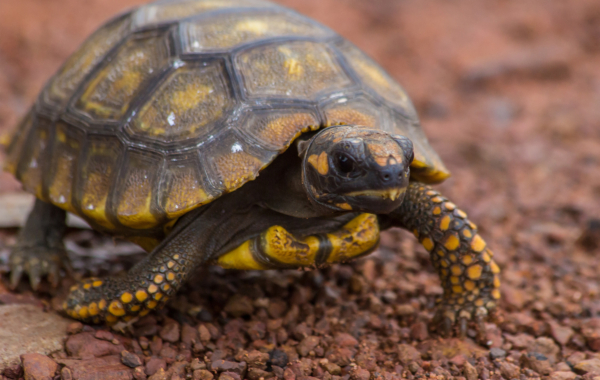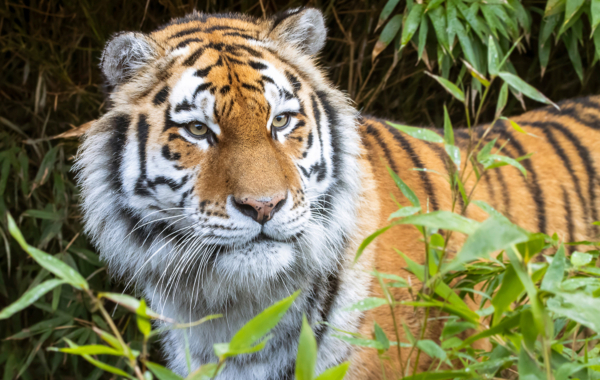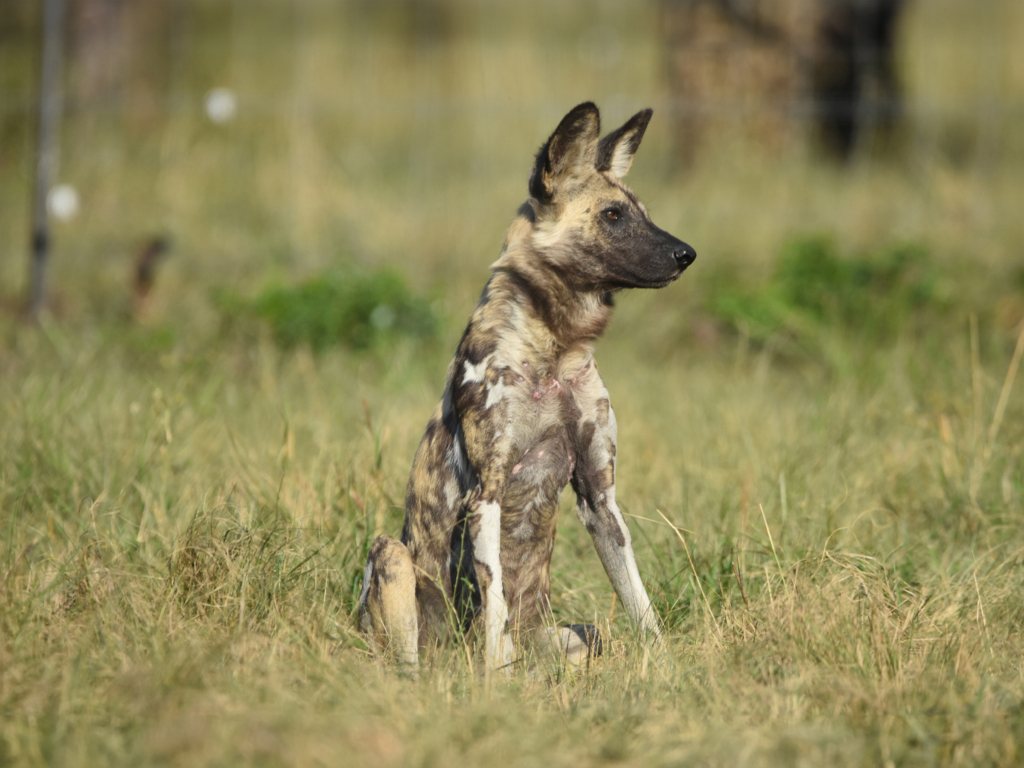Discover over 150 species, including some of the rarest animals on the planet.
Aardvark
Orycteropus afer
From: Africa
Status: Least Concern
Quick Fact: The name aardvark means ‘earth pig’. Their burrow can be over 13 metres long with many chambers and entrances!
Find me in: Aardvark Burrow
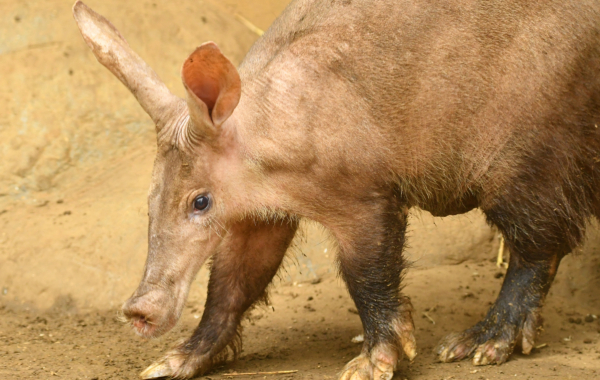
African Crowned Crane
Balearica regulorum gibbericeps
From: East Africa
Status: Endangered
Quick Fact: The African crowned cranes are recognisable from the stiff, golden feathers which sits on the top of their head.
Find me in: Kingdom of the Wild
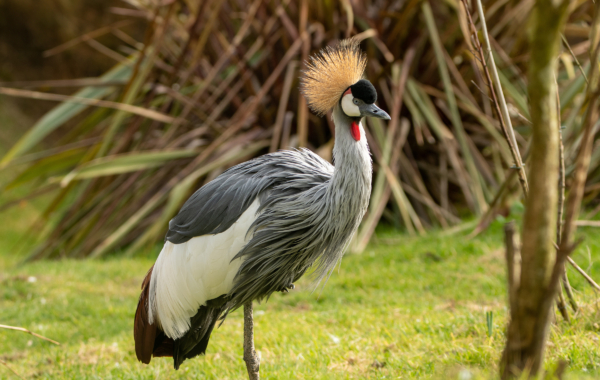
African Elephant
Loxodonta africana
From: Africa
Status: Endangered
Quick Fact: Both male and female African elephants have tusks, which they use to dig for food and water.
Find me in: Elephant Kingdom
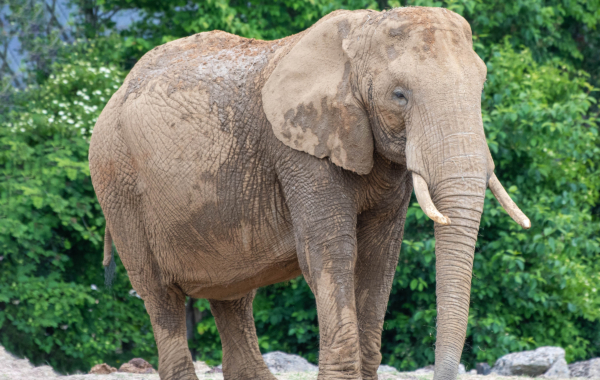
African Lion
Panthera Leo
From: Africa
Status: Vulnerable
Quick Fact: The most social of all the cats, lions form groups called prides which are made up of related females and usually just one male.
Find me in: Lion Rock
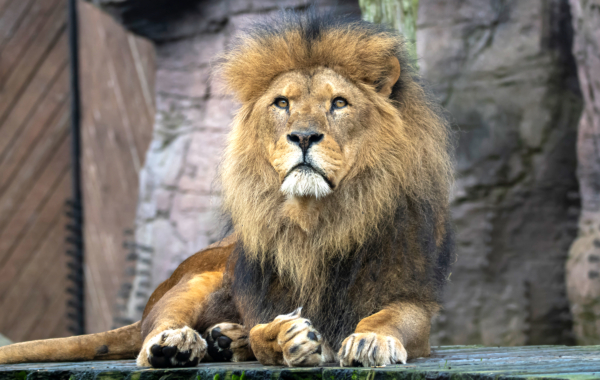
African Moony Fish
Monodactylus sebae
From: Atlantic Ocean
Status: Not Listed
Quick Fact: African moony fish can live in both fresh and salt water. Juveniles live in fresh or brackish water before moving to marine mangroves and reefs as they mature.
Find me in: Kingdom of the Wild
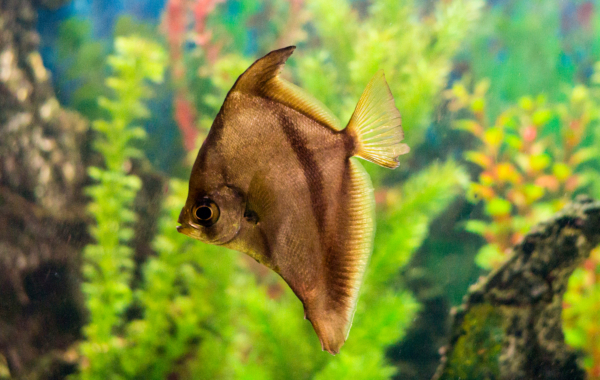
African Pancake Tortoise
Malacochersus tornireri
From: Southern Africa
Status: Critically Endangered
Quick Fact: Pancake tortoises have a thin, flat, flexible shell that enables them to crawl into narrow crevices, to flee from predators.
Find me in: Kingdom of the Wild
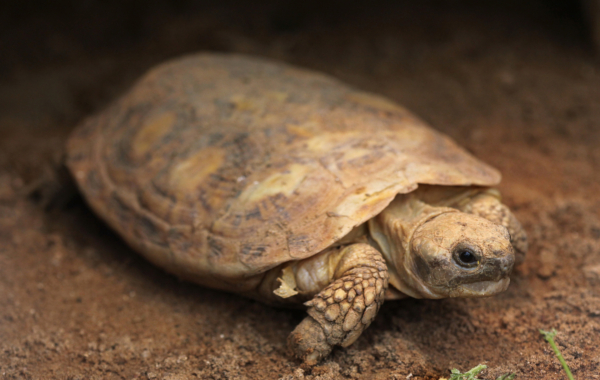
African Plated Lizard
Gerrhosaurus Validus
From: Southern Africa
Status: Least Concern
Quick Fact: The soles of the African plated lizard’s feet have black rubber-like balls; an adaptation to living on rocky outcrops.
Find me in: Kingdom of the Wild
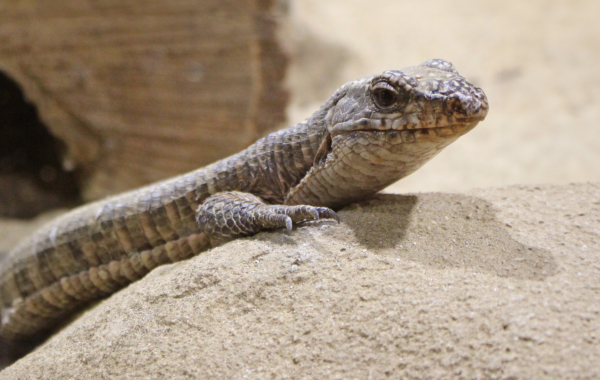
African Rock Python
Python sebae
From: Africa
Status: Near Threatened
Quick Fact: This snake is hunted for its meat and skin to make items such as handbags and belts.
Find me in: Kingdom of the Wild
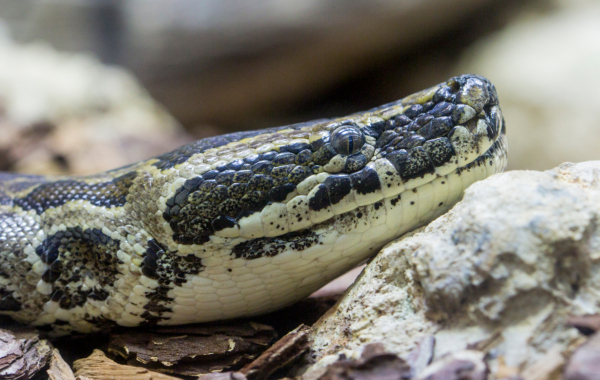
African Spurred Tortoise
Centrochelys sulcata
From: Africa
Status: Endangered
Quick Fact: The African spurred tortoise gets its name from the two or three large spurs on its legs.
Find me in: Walking Giants
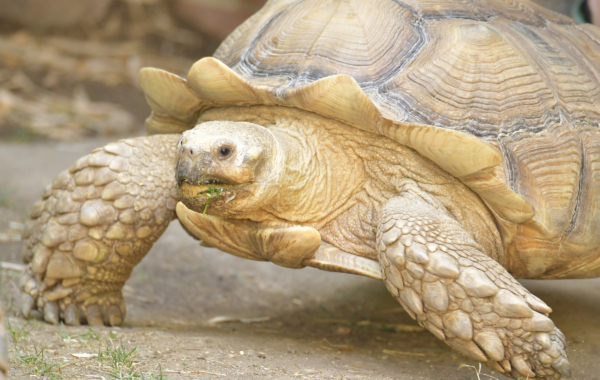
African white-backed Vulture
Gyps africanus
From: Sahel region of Africa to South Africa
Status: Critically Endangered
Quick Fact: Hundreds of African white-backed vultures gather to feed. They gorge themselves so much they cannot fly and then rest with wings spread and their backs facing the sun.
Find me in: Vulture Valley
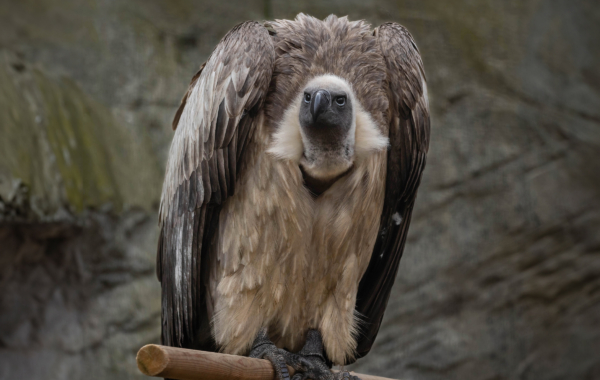
Aldabra Giant Tortoise
Geochelone gigantea
From: Seychelles
Status: Vulnerable
Quick Fact: During the heat of the day, this species can be found in underground burrows, which they dig themselves.
Find me in: Walking Giants
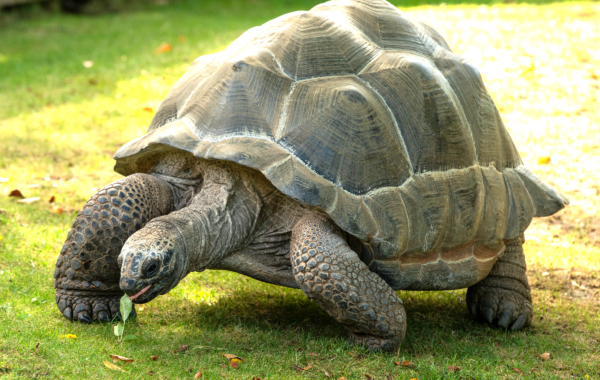
Alpaca
Vicugna pacos
From: Worldwide
Status: Not Listed
Quick Fact: Alpacas were domesticated from their close relatives, the vicunas, by indigenous people of Peru.
Find me in: Southern Wild
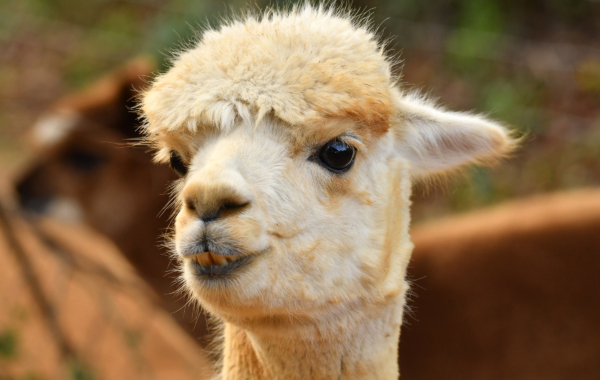
Amur Leopard
Panthera pardus orientalis
From: Far East Russia
Status: Critically Endangered
Quick Fact: Amur leopards are distinctive due to their pale coat and dark rosettes which are large and widely spaced with thick, unbroken rings.
Find me in: Ussuri Falls
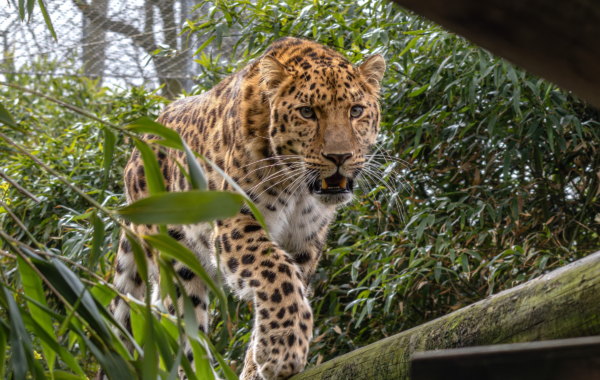
Amur Tiger
Pantera tigris altaica
From: Far East Russia
Status: Endangered
Quick Fact: Much like a human fingerprint, no two tigers have the same stripe pattern.
Find me in: Tiger Taiga
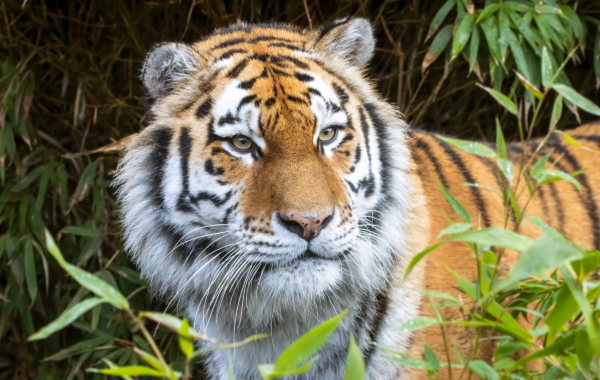
Andean Condor
Vultur gryhus
From: High Andes
Status: Vulnerable
Quick Fact: Andean condors mate for life and undergo an elaborate courtship ritual dance and in-flight chasing.
Find me in: World of Wings
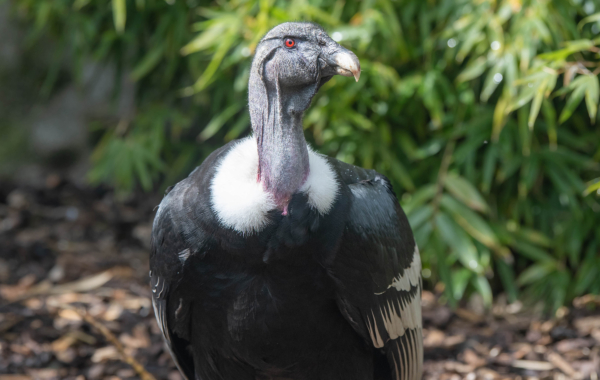
Arboreal Agamid Lizard
Hypsilurus magnus
From: Papua New Guinea
Status: Least Concern
Quick Fact: The teeth of an agamid lizard are located on the outer rim of their mouths, rather than on the inner side of their jaws.
Find me in: Chimpanzee Lookout
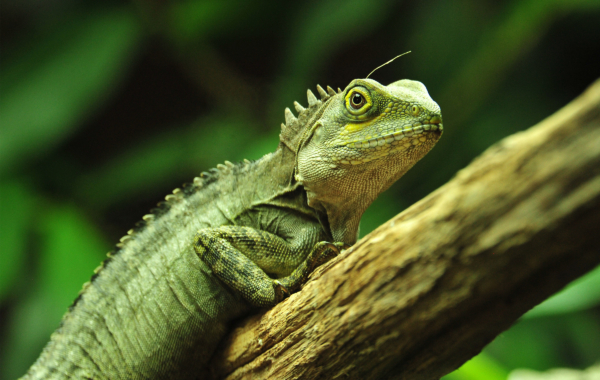
Archer Fish
Toxotes species
From: Philippines to Australia
Status: Least Concern
Quick Fact: Archer fish are able to ‘shoot down’ insect prey by expelling beads of water from their mouth up to 150cm away.
Find me in: Rajang’s Forest
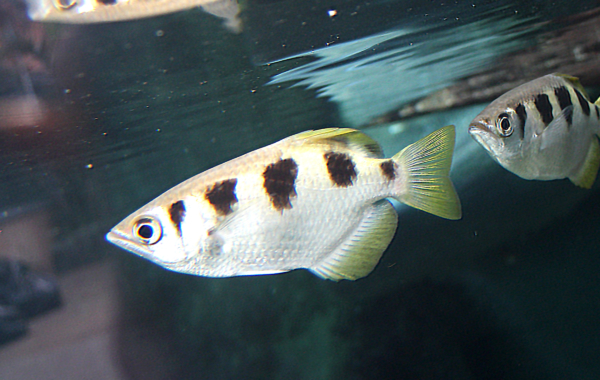
Asian Short-clawed Otter
Aonyx cinerea
From: Asia
Status: Vulnerable
Quick Fact: This otter is the smallest out of all 13 species of otter. Unlike other otter species that catch their food with their mouths, the Asian short-clawed otter uses its front paws instead.
Find me in: River’s Edge
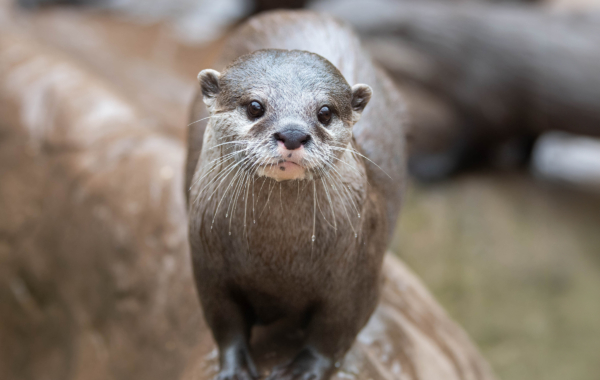
Azure Damselfish
Chrysiptera hemicyanea
From: Indo-Pacific Ocean
Status: Not Listed
Quick Fact: The two-tone colouration of the azure damselfish helps to camouflage the fish amongst the reef.
Find me in: Rajang’s Forest
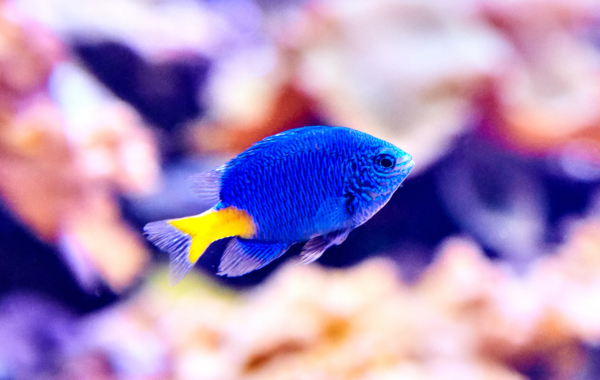
Barbary Macaque
Macaca sylvanus
From: Morocco, Algeria, Gibraltar
Status: Endangered
Quick Fact: These macaques have large cheek pouches that can hold as much food as their stomachs.
Find me in: Out of Africa
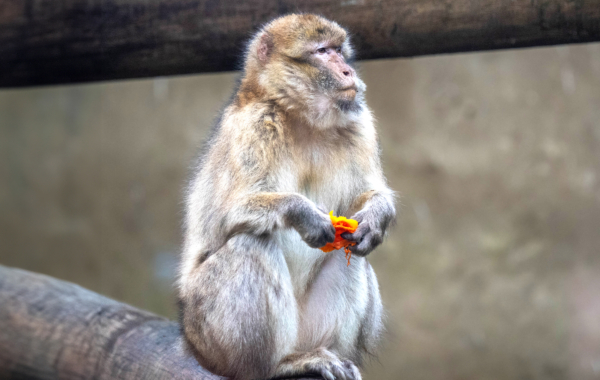
Binturong
Arctictis binturong
From: South and Southeast Asia
Status: Vulnerable
Quick Fact: Binturongs mark their territory by leaving a musky substance that smells like popcorn!
Find me in: River’s Edge
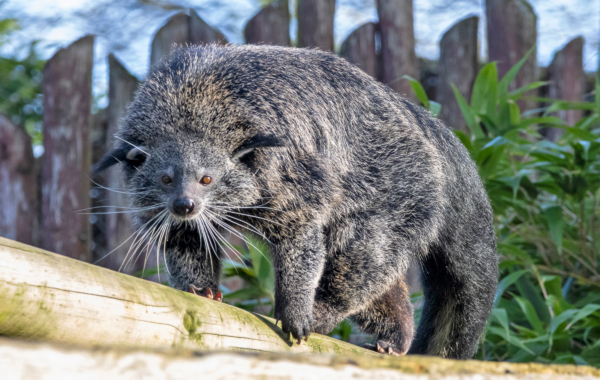
Black-headed Weaverbird
Ploceus cucullatus bohndorffi
From: Africa
Status: Least Concern
Quick Fact: Weaverbirds get their name from the intricate baskets nest that the males weave in trees. Females signal acceptance of a male and his nest by lining the nest with soft materials.
Find me in: Kingdom of the Wild
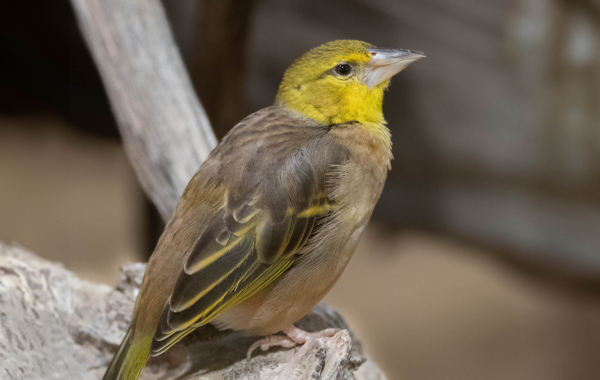
Black Tree Monitor
Varanus beccarii
From: Indonesia
Status: Data Deficient
Quick Fact: A black tree monitor’s forked tongue picks up minute particles from the air around them which they use to get information about their surroundings.
Find me in: Heart of the Amazon
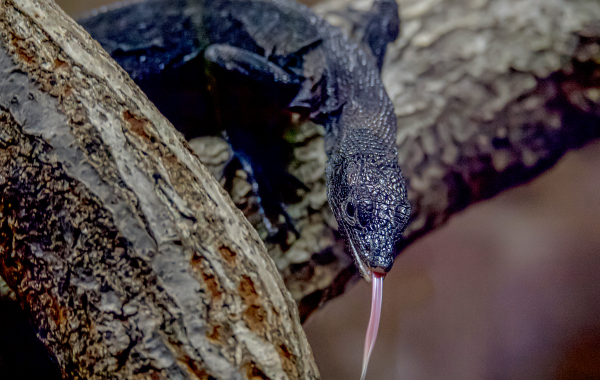
Blackspot Pufferfish
Arothron nigropunctatus
From: Indo-Pacific Ocean
Status: Least Concern
Quick Fact: When a pufferfish feels threatened, it can inflate its abdomen with water and can produce toxins.
Find me in: Rajang’s Forest
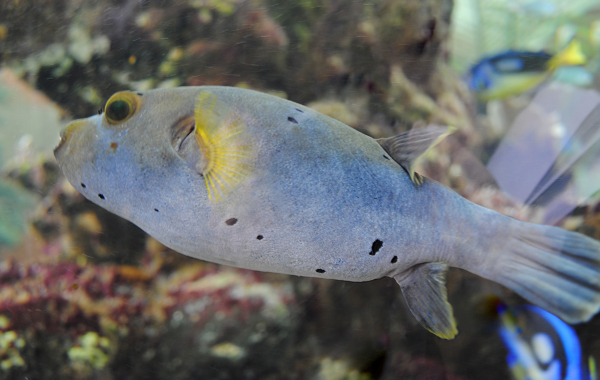
Blue Crane
Anthropoides paradiseus
From: Africa
Status: Vulnerable
Quick Fact: Courtship involves a ‘dance’ with leaps and bows but sometimes cranes just dance for pleasure!
Find me in: Edge Of Africa
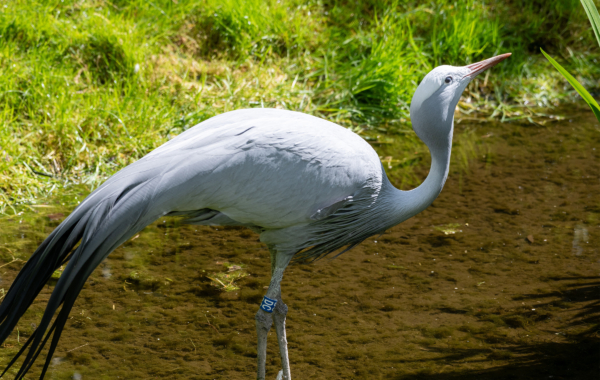
Blue Duiker
Philantomba monticola
From: Africa
Status: Least Concern
Quick Fact: The word ‘duiker’ comes from an Afrikaans word meaning ‘diver’, named due to their habit of diving for cover when disturbed.
Find me in: Edge Of Africa
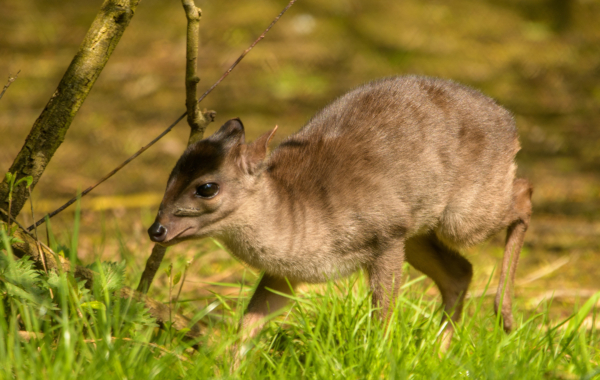
Blue Tang
Paracanthurus hepatus
From: Indo-Pacific Ocean
Status: Least Concern
Quick Fact: Blue tang spawn in late afternoon/early evening in the world and change from dark to pale blue at this time. Their eggs contain a single droplet of oil to help them float.
Find me in: Rajang’s Forest
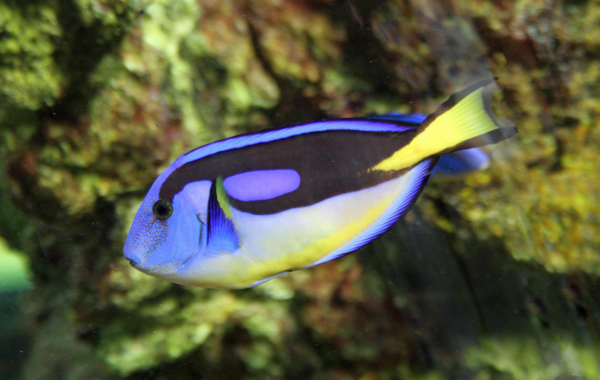
Blue-tongued Skink
Tiliqua scincoides
From: Australia and some islands in Indonesia
Status: Not Listed
Quick Fact: During confrontation, the blue-tongued skink can lose its tail should a predator try and grab it. When disturbed this skink sticks out its blue-tongue, puffs up its body and hisses loudly to frighten attackers.
Find me in: Kingdom of the Wild
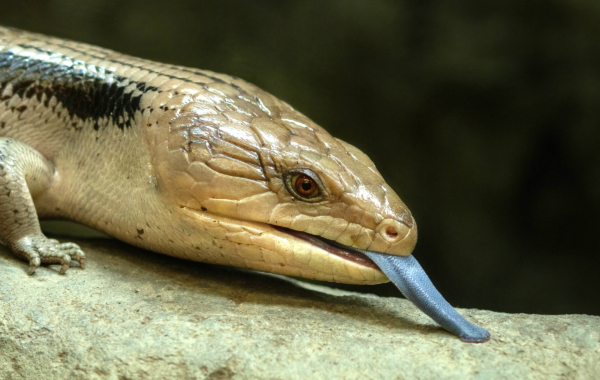
Boer Goat
Capra hircus boer
From: South Africa
Status: Not Listed
Quick Fact: Their name is derived from the Afrikaans word ‘boer’, meaning farmer.
Find me in: Colenso Village
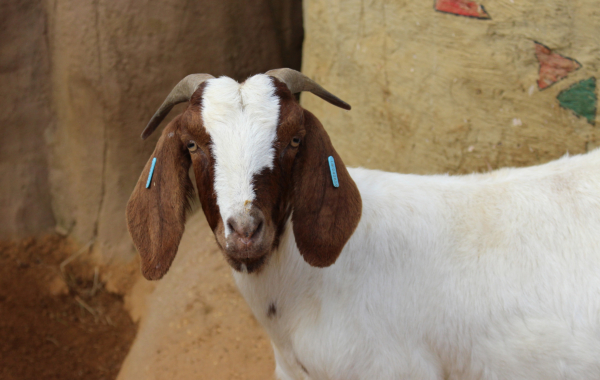
Bornean Orangutan
Pongo pygmaeus
From: Borneo
Status: Critically Endangered
Quick Fact: The word ‘orangutan’ comes from the Malay words ‘Orang Hutan’ which means ‘Man of the Forest’.
Find me in: Rajang’s Forest
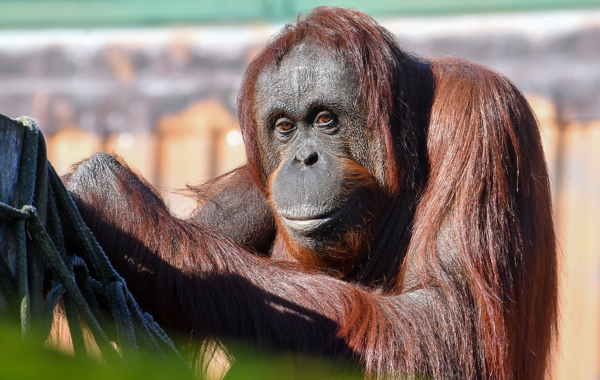
Buff-headed Capuchins
Sapajus xanthosternos
From: Brazil
Status: Critically Endangered
Quick Fact: Buff-headed capuchins can crack open nuts by smashing two together or banging them on a tree trunk.
Find me in: Buff-headed Capuchins
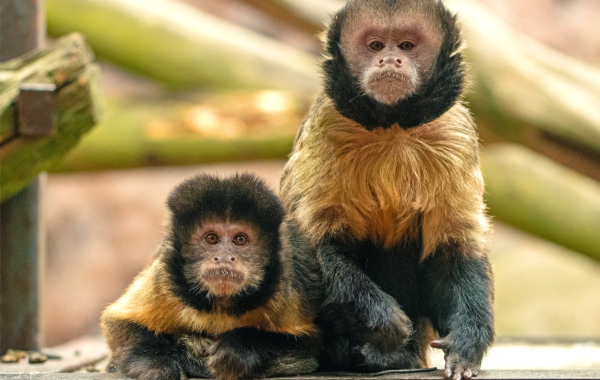
Bush Dog
Speothos venaticus
From: Central and South America
Status: Near Threatened
Quick Fact: Female bush dogs are pregnant for 67 days, after which one to six pups are born.
Find me in: Lost Madagascar
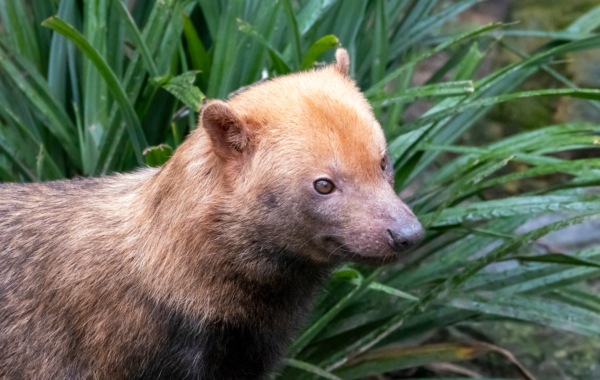
Cameroon Sheep
Ovis aries aries Cameroon_dwarf
From: Cameroon
Status: Not Listed
Quick Fact: Cameroon sheep have short, fine hair which allows them to keep cool in the African sun.
Find me in: Colenso Village
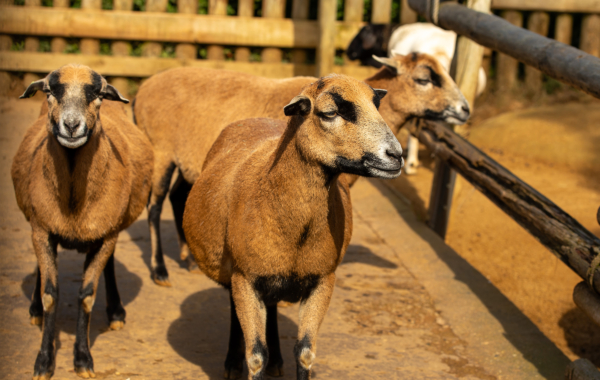
Cheetah
Acinonyx jubatus
From: Africa
Status: Vulnerable
Quick Fact: The cheetah is the fastest land mammal on the planet, reaching speeds of up to 87km/h.
Find me in: Edge Of Africa
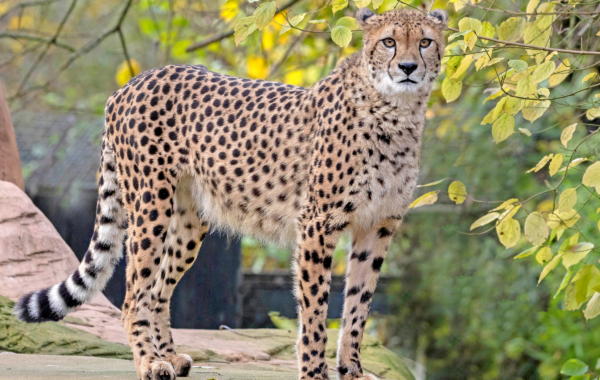
Cherry-crowned Mangabey
Cercocebus torquatus
From: West Africa
Status: Endangered
Quick Fact: Cherry-crowned mangabeys have a throat sac which they use to make loud calls that can be heard over long distances.
Find me in: Mangabey Mangrove
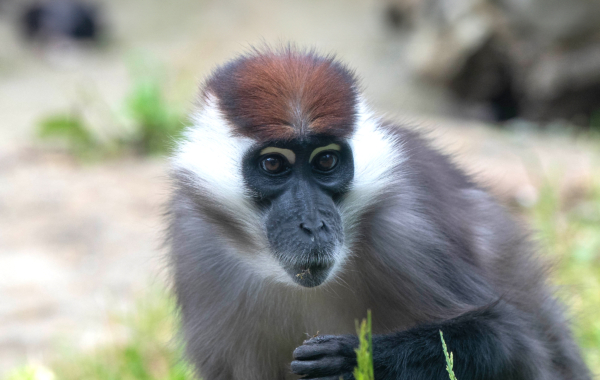
Chilean Flamingo
Phoenicopterus chilensis
From: South America
Status: Near Threatened
Quick Fact: A Chilean flamingo’s pink feathers come from the pigments in their diet.
Find me in: Gelada Plateau
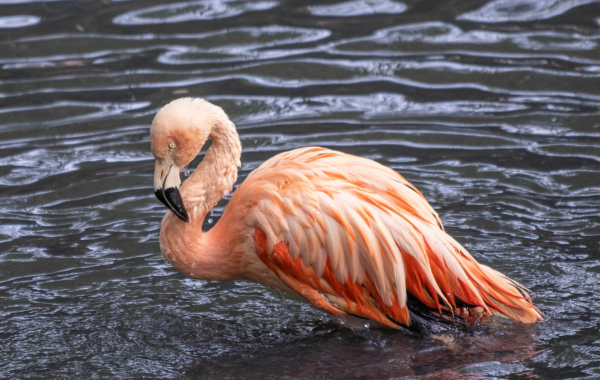
Chimpanzee
Pan troglodytes
From: Africa
Status: Endangered
Quick Fact: Young are completely dependent upon their mother until about 4 years of age, but continue to rely upon her until they reach adulthood.
Find me in: Chimpanzee Lookout
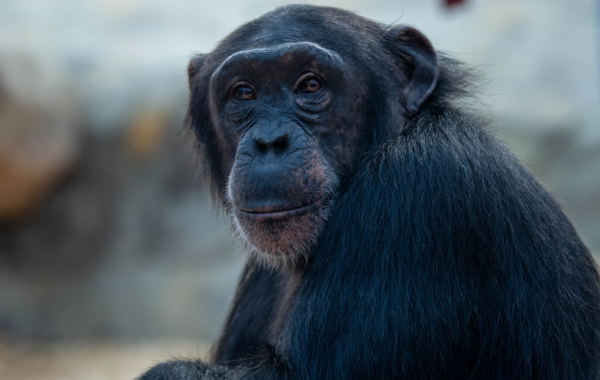
Colombian Black Spider Monkey
Ateles fusciceps rufiventris
From: South America
Status: Vulnerable
Quick Fact: Spider monkeys move around the branches with an agility only bettered by the gibbons. They move using their four limbs and tail to grasp and swing up between them, hand over hand.
Find me in: Meddelin Monkeys
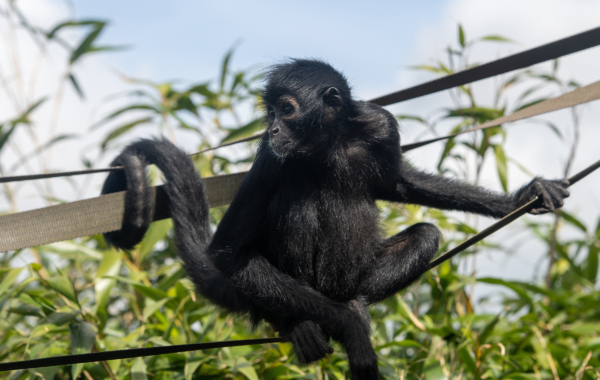
Coppery Titi Monkey
Plecturocebus cupreus
From: Brazil and Peru
Status: Least Concern
Quick Fact: Coppery titi monkeys intertwine their tails when they sleep together at night.
Find me in: Rainforest Walkthrough
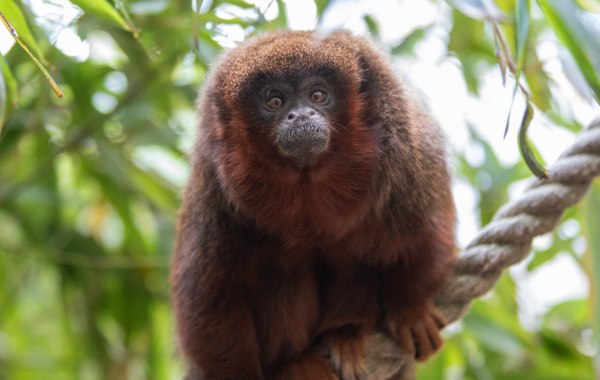
Crested Wood Partridge
Rollulus rouloul
From: Asia
Status: Vulnerable
Quick Fact: These birds use their feet to scratch for food under the leaf litter.
Find me in: Feathers of the Forest
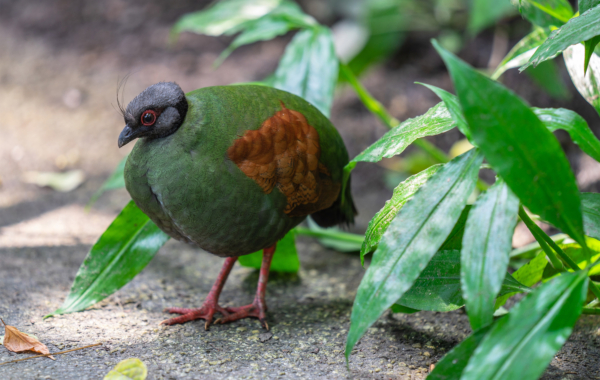
Crowned Lemur
Eulemur coronatus
From: Madagascar
Status: Endangered
Quick Fact: They have a specific breeding season which ensures that all births occur when food is most abundant.
Find me in: Lost Madagascar
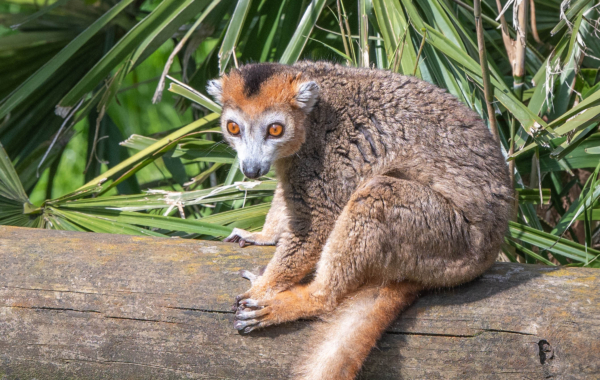
Domestic Rat
Rattus sp
From: Worldwide
Status: Not Listed
Quick Fact: The rat is now one of the most widely spread animals in the world.
Find me in: Pig Patch
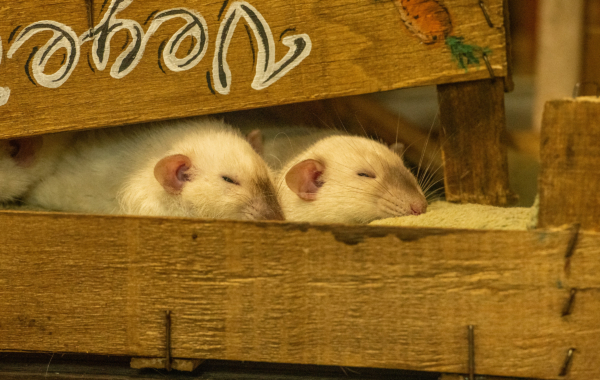
Eastern Pygmy Marmoset
Cebuella niveiventris
From: South America
Status: Vulnerable
Quick Fact: Due to their specialised diet, these marmosets have a v-shaped lower jaw and long nail-like claws called ‘tegulae’, to gouge into trees.
Find me in: Canopy of South America
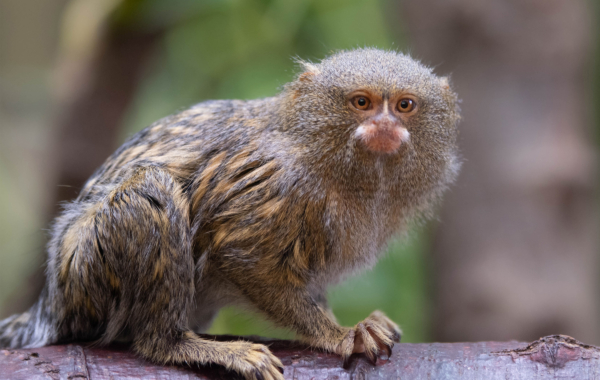
Emerald Tree Monitor
Varanus prasinus
From: New Guinea
Status: Least Concern
Quick Fact: Emerald tree monitors do not lose their tail when threatened as their prehensile tail is vital for their lifestyle.
Find me in: River’s Edge
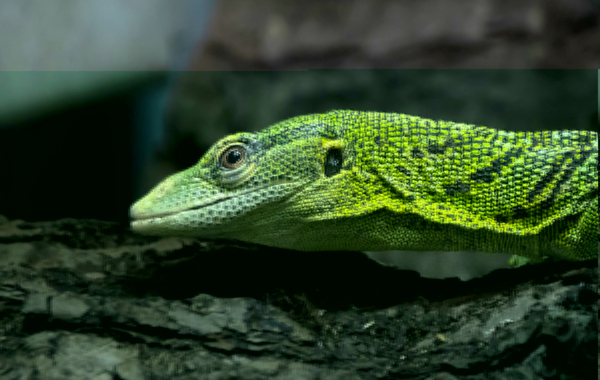
Eurasian Grey Wolf
Canis lupus lupus
From: Europe and Asia
Status: Least Concern
Quick Fact: The grey wolf is the largest wild canid or member of the ‘dog’ family. Grey wolves are social animals and the ancestor of all domestic dogs.
Find me in: Call of the Wild
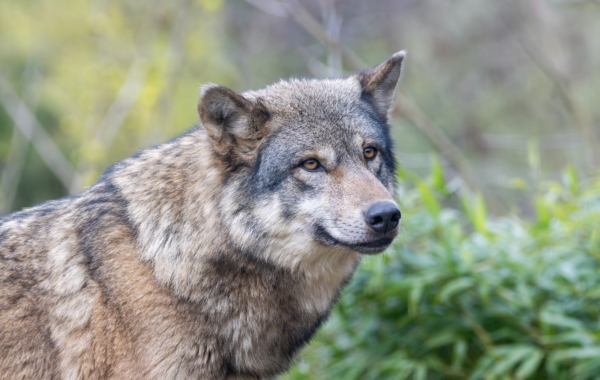
Fennec Fox
Vulpes zerda
From: North Africa
Status: Least Concern
Quick Fact: The smallest of all the foxes, the fennec fox is easily recognisable due to its large ears.
Find me in: Lion Rock
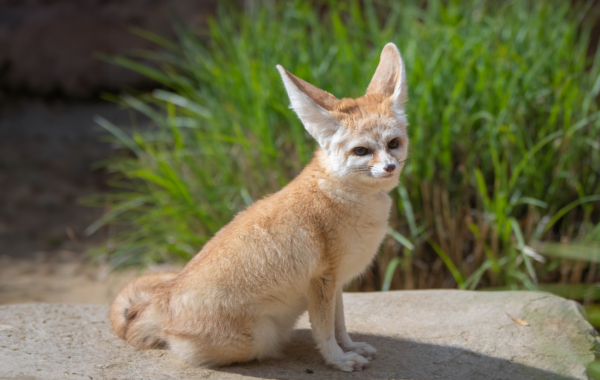
Fiji Banded Iguana
Brachylophus fasciatus
From: Fiji Islands and Tonga
Status: Endangered
Quick Fact: The male is strikingly-coloured, with light blue to white bands on a bright green background. Females are more uniformly green.
Find me in: Worlds Apart
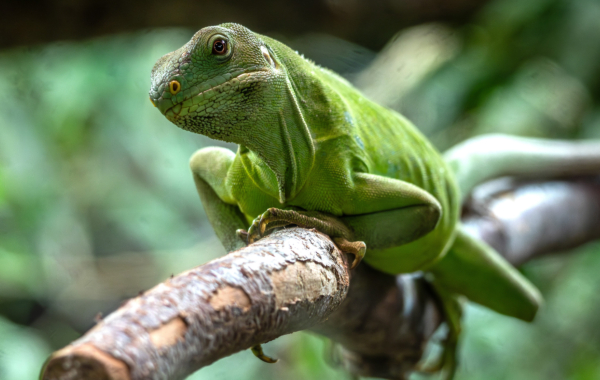
Gelada Baboon
Theropithecus gelada
From: Ethiopia
Status: Least Concern
Quick Fact: Gelada baboons are the last surviving species of grass-grazing primates, spending most of their time on the ground and rarely climbing trees.
Find me in: Gelada Plateau
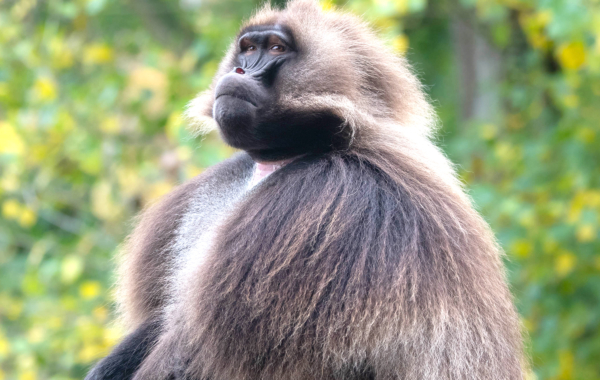
Giant Anteater
Mymecophaga tridactyla
From: South America
Status: Vulnerable
Quick Fact: Males and females look so alike that females can only be recognised when they are carrying their babies on their backs.
Find me in: River’s Edge
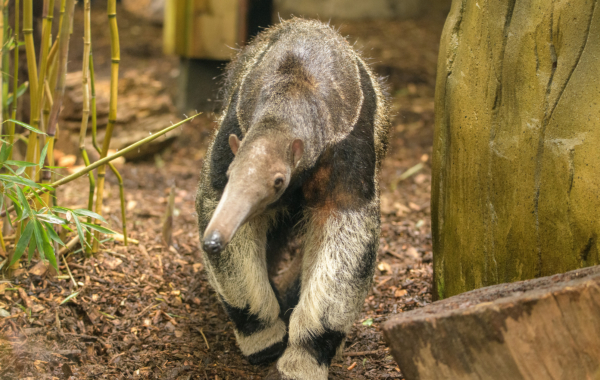
Giant Asian Pond Turtle
Heosemys grandis
From: Southeast Asia
Status: Critically Endangered
Quick Fact: The giant Asian pond turtle is one of the largest hard-shelled, semi-aquatic turtles.
Find me in: Rajang’s Forest
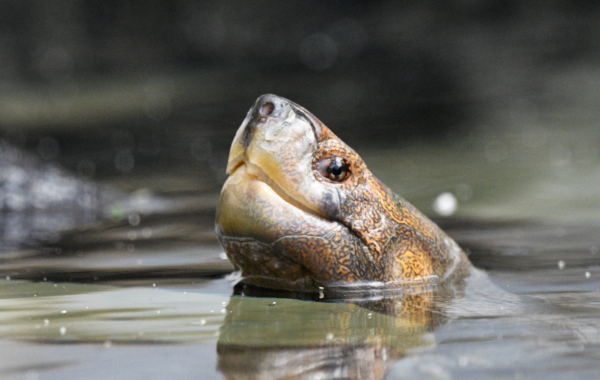
Goeldi’s Monkey
Callimico goeldii
From: South America
Status: Vulnerable
Quick Fact: Goeldi’s monkeys are vertical climbers but have also been reported to leap distances of 4m horizontally.
Find me in: Worlds Apart
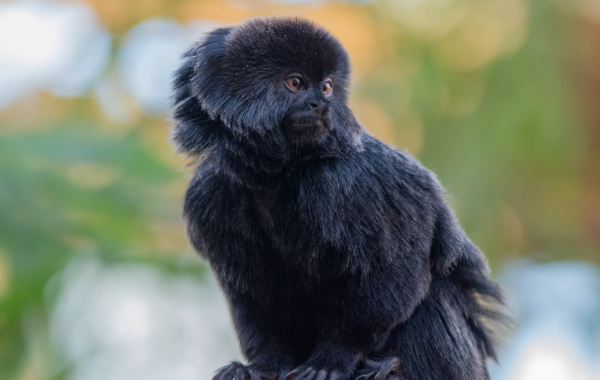
Golden-headed Lion Tamarin
Leontopithecus chrysomelas
From: South America
Status: Endangered
Quick Fact: Golden-headed lion tamarins stick their tongues out at intruders to scare them away.
Find me in: Rainforest Walkthrough
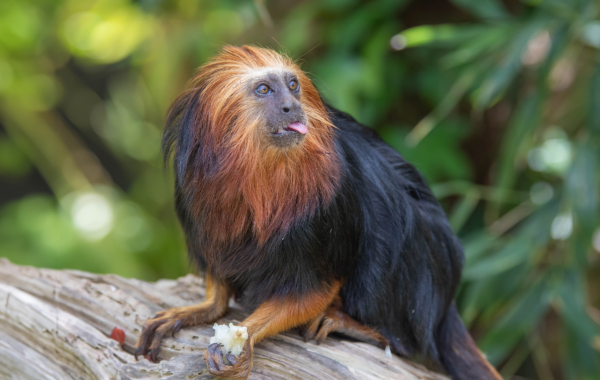
Golden Lion Tamarin
Leontopithecus rosalia
From: South-eastern Brazil
Status: Endangered
Quick Fact: When family groups of this species confront one another, they raise their manes and fluff their fur.
Find me in: Canopy of South America
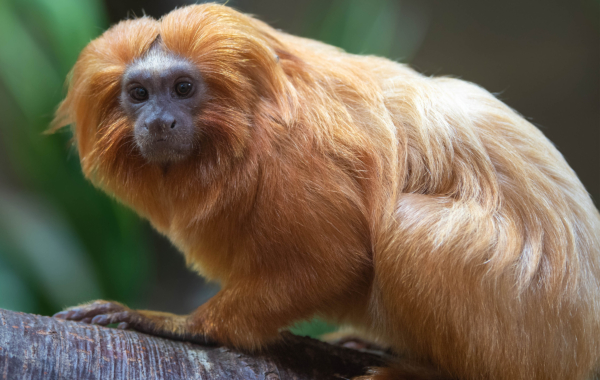
Great Grey Owl
Strix nebulosa
From: High Andes
Status: Least Concern
Quick Fact: The great grey owl is one of the largest owls in the world.
Find me in: World of Wings
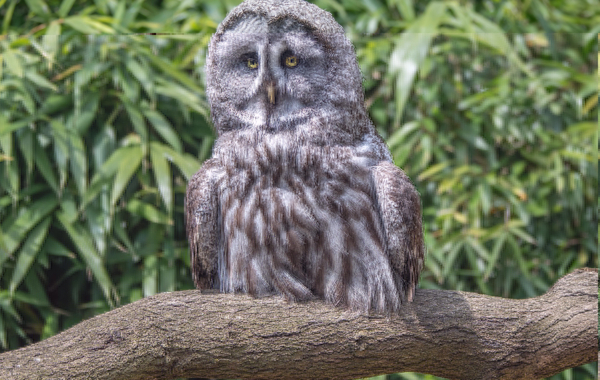
Green Anaconda
Eunectes murinus
From: South America and island of Trinidad
Status: Least Concern
Quick Fact: Green anacondas are he largest snake in the world and are members of the boa family.
Find me in: River’s Edge
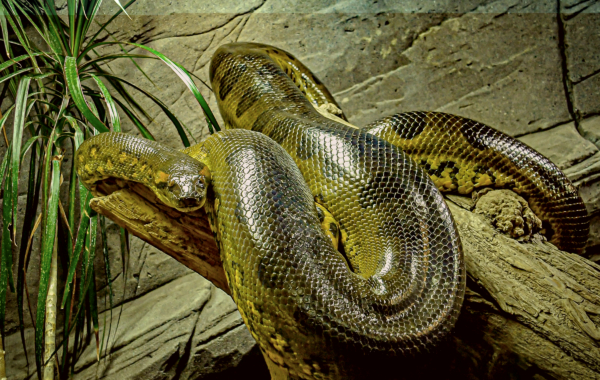
Green and Black Poison Dart Frog
Dendrobates auratus
From: South America
Status: Least Concern
Quick Fact: This species is the only frog of this group to congregate in groups to court each other. Males sing songs and the females walk between them, looking for a possible suitor.
Find me in: Worlds Apart
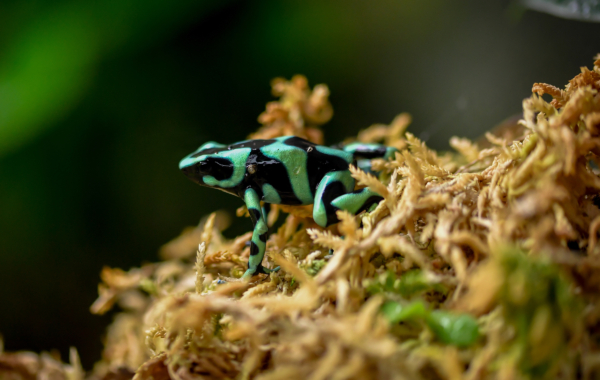
Green Iguana
Iguana iguana
From: South America
Status: Least Concern
Quick Fact: Iguanas can detach their tails if caught by a predator and grow another.
Find me in: Iguana Forest
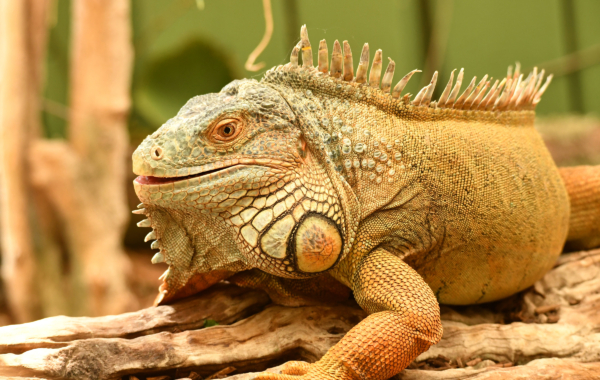
Green Tree Skink
Lamprolepis smaragdina
From: South-east Asia
Status: Least Concern
Quick Fact: The green tree skink can shed its tail when threatened. The detached tail will continue to move as a means to distract the predator and allow the skink to escape.
Find me in: Kingdom of the Wild
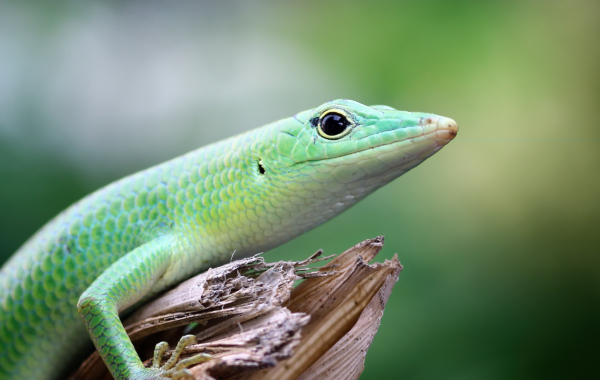
Guianan Bearded Saki Monkey
Chiropotes sagulatus
From: South America
Status: Least Concern
Quick Fact: When sleeping, saki monkeys roll themselves up like a cat in the branches.
Find me in: Heart of the Amazon
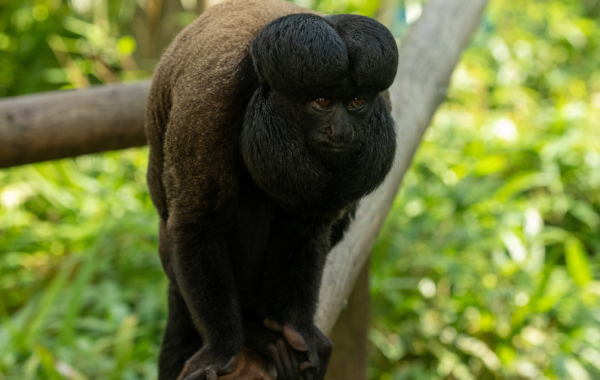
Guinea Pig
Cavia porcellus
From: Worldwide
Status: Not Listed
Quick Fact: When guinea pigs are happy they popcorn, which means they jump on the spot like a corn kernel being popped!
Find me in: Guinea Pig Village
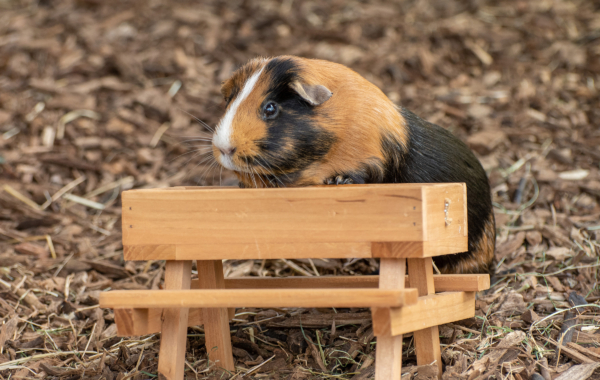
Humboldt Penguin
Spheniscus humboldti
From: South America
Status: Vulnerable
Quick Fact: Humboldt penguins are generally monogamous and recognise their partner in the colony through distinct vocal calls.
Find me in: Inca Trail
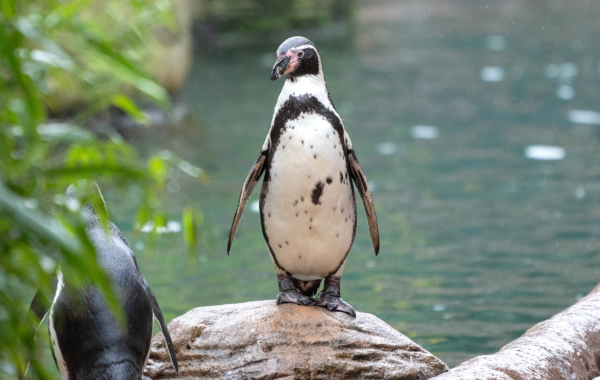
King Vulture
Sarcoramphus papa
From: Central and South America
Status: Least Concern
Quick Fact: King vultures are one of the largest vulture species in South America, after the Andean Condor
Find me in: World of Wings
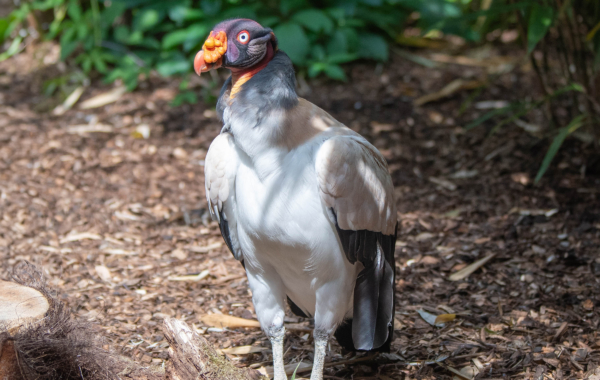
Kirk’s Dik-dik
Madoqua kirkii
From: Africa
Status: Least Concern
Quick Fact: The Kirk’s dik-dik is one of the smallest members of the antelope family, measuring a maximum of 45cm high.
Find me in: Edge Of Africa
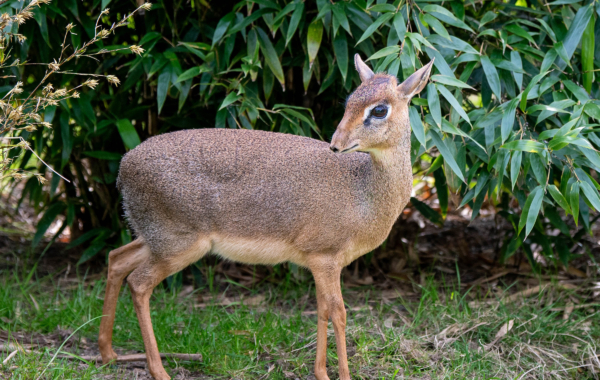
Koi Carp
Cyprinus rubrofuscus
From: Worldwide
Status: Least Concern
Quick Fact: The word koi comes from the Japanese simply meaning carp. Fish known as koi in English are referred to more specifically as Nishikigoi in Japanese – meaning ‘brocaded carp’.
Find me in: Koi Niwa
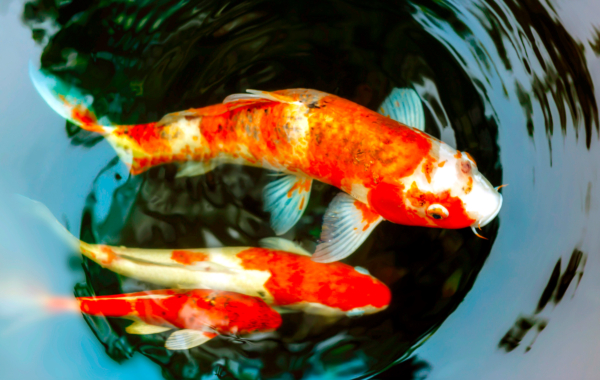
Komodo Dragon
Varanus komodoensis
From: Indonesia
Status: Endangered
Quick Fact: A Komodo dragon’s mouth is full of deadly bacteria which it uses to poison its prey.
Find me in: Dragons of Komodo
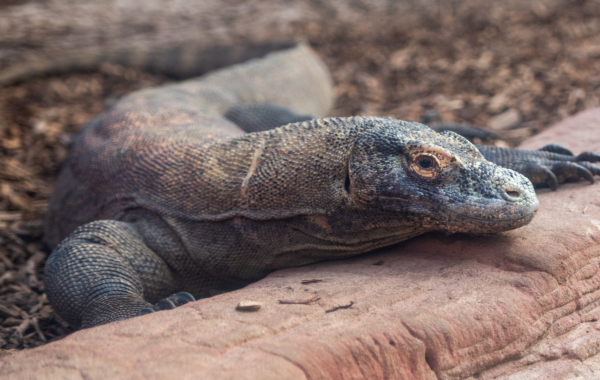
Lattice Soldierfish
Myripristis violacea
From: Indian Ocean
Status: Least Concern
Quick Fact: Soldierfish make sounds by grinding the teeth in their throat together and stretching muscles against their long gas bladders.
Find me in: Kingdom of the Wild
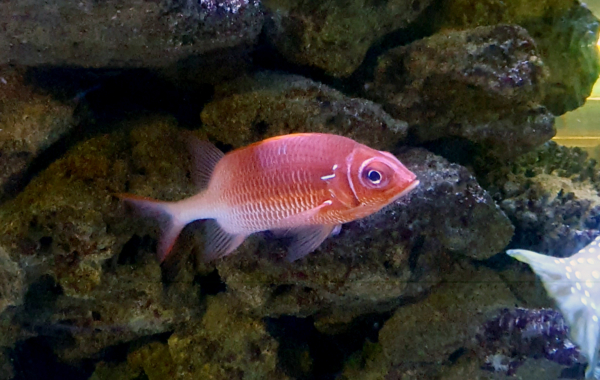
Leopard Tortoise
Stigmochelys pardalis
From: Eastern and Southern Africa
Status: Least Concern
Quick Fact: The leopard tortoise is the second largest land tortoise in Africa and the fourth largest tortoise in the world.
Find me in: Kingdom of the Wild
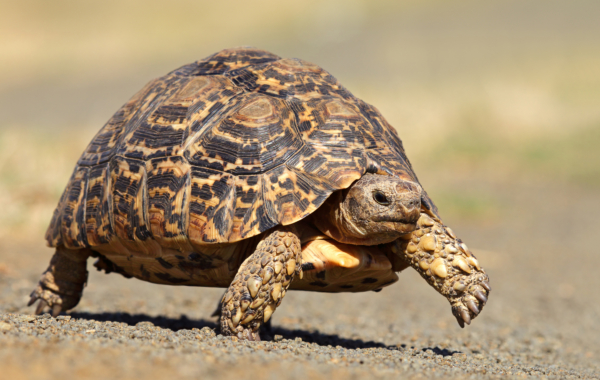
L’hoest’s Monkey
Allochrocebus lhoesti
From: Republic of Congo and Uganda
Status: Vulnerable
Quick Fact: The L’hoest’s monkey is also known as the mountain monkey and belongs to a group called the guenons.
Find me in: Edge Of Africa
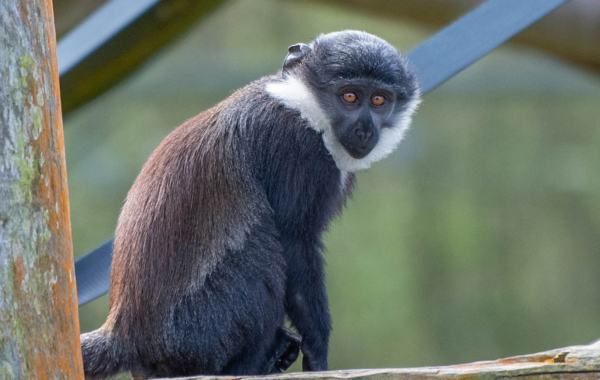
Linne’s Two-toed Sloth
Choloepus didactylus
From: Central and South America
Status: Least Concern
Quick Fact: Sloths are the slowest animals in the world as their leafy diet doesn’t provide them with much energy.
Find me in: Rainforest Walkthrough
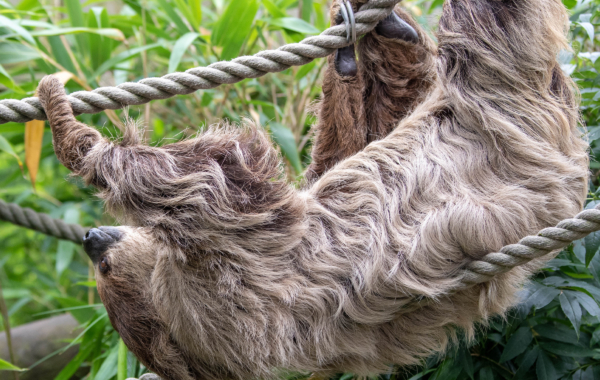
Lion-tailed Macaque
Macaca silensus
From: India
Status: Endangered
Quick Fact: Their name is derived from the fluffy end of their tail which is similar to a lion’s tail.
Find me in: River’s Edge
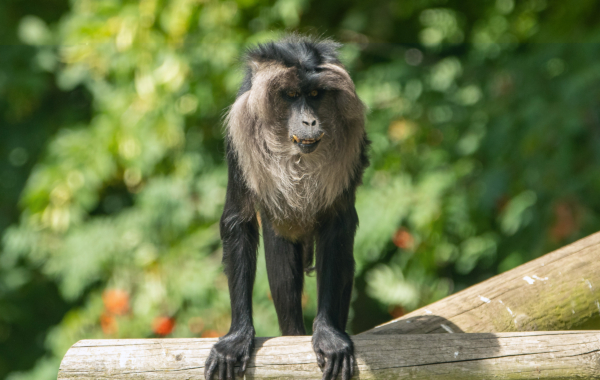
Llama
Lama glama
From: Worldwide
Status: Not Listed
Quick Fact: Llamas are sometimes put in with flocks of sheep to help ward off any predators.
Find me in: Southern Wild
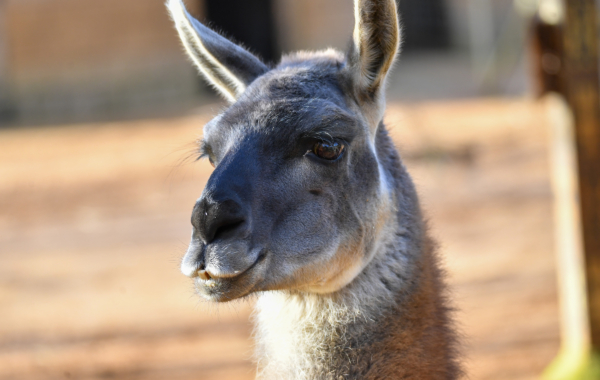
Madagascar Tree Boa
Sanzinia madagascariensis
From: Madagascar
Status: Least Concern
Quick Fact: Madagascar tree boas are medium-sized constrictors that use their powerful coils to kill their prey.
Find me in: Kingdom of the Wild
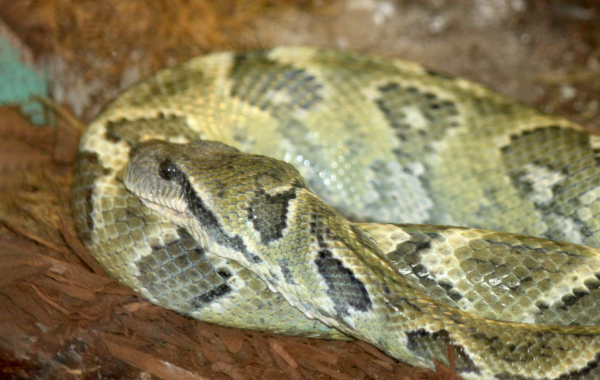
Malayan Sun Bear
Helarctos malayanus
From: Asia
Status: Vulnerable
Quick Fact: Sun bears are sometimes referred to as honey bears due to their insatiable appetite for honey and honeycombs!
Find me in: Bears of the Rising Sun
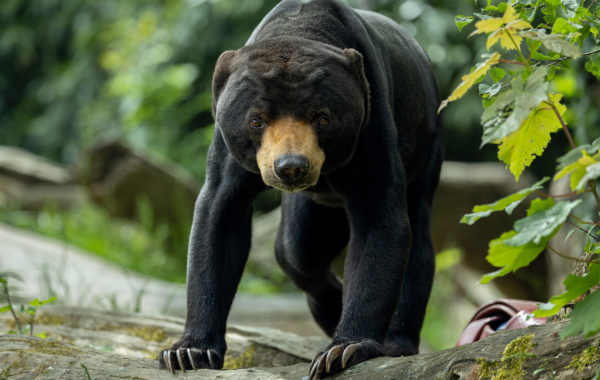
Mandrill
Mandrillus sphinx
From: Africa
Status: Vulnerable
Quick Fact: Mandrills are the world’s largest monkey and the males are said to be the most colourful mammal on the planet.
Find me in: Edge Of Africa
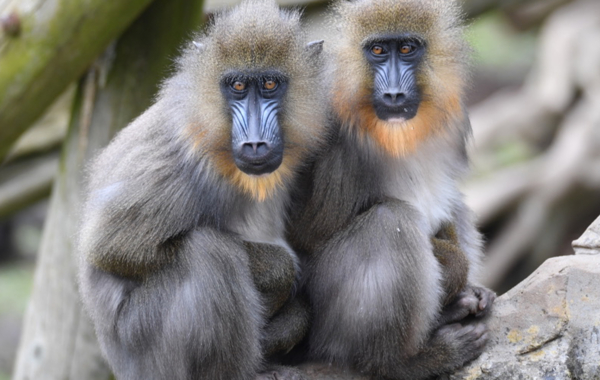
Maneless Zebra
Equus burchelli bohmi
From: Africa
Status: Near Threatened
Quick Fact: Each zebra has a unique stripe pattern that can be recognised by other family members!
Find me in: Kingdom of the Wild
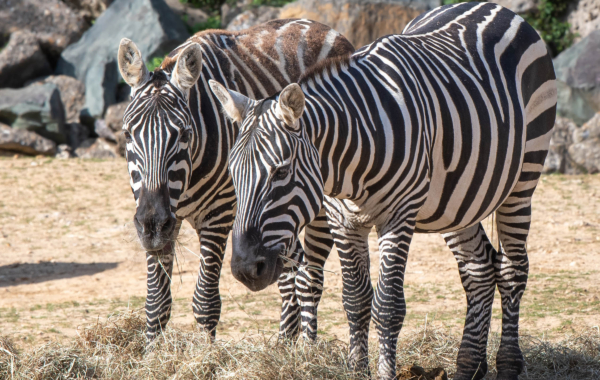
Meerkat
Surcata suricatta
From: Africa
Status: Least Concern
Quick Fact: Meerkats communicate by using a variety of calls to signal certain situations such as being lost, alarm calls, pup feeding, and guarding calls.
Find me in: Suricata Sands
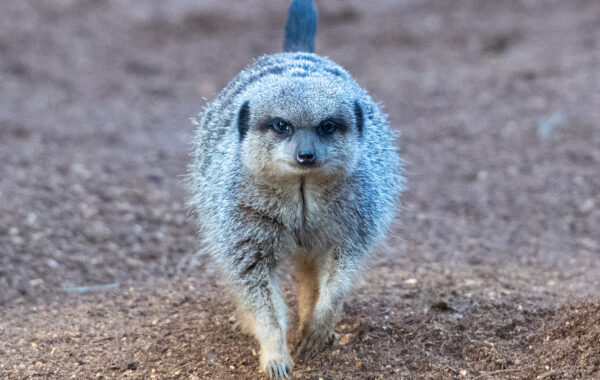
Ostrich
Struthio camelus
From: Africa
Status: Least Concern
Quick Fact: The ostrich is the only bird to have just 2 toes, one of which has a formidable 10 cm long claw!
Find me in: Kingdom of the Wild
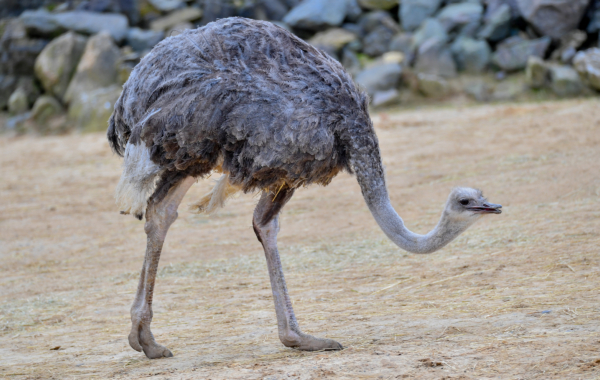
Oxford Sandy and Black Pig
Sus scrofa domesticus
From: United Kingdom
Status: Not Listed
Quick Fact: The breed, which is sometimes referred to as the ‘Plum Pudding’ or ‘Oxford Forest Pig’, is one of the oldest British pig breeds.
Find me in: Pig Patch
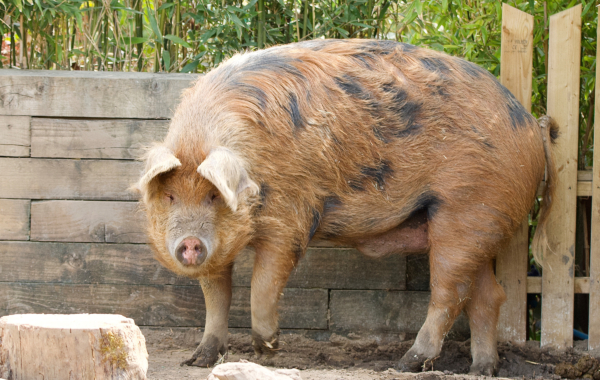
Patagonian Sea Lion
Otaria byronia
From: South America
Status: Least Concern
Quick Fact: Unlike seals, sea lions use both their fore and hind limbs for ‘walking’ or moving on land, mainly using their front flippers for swimming. Their use of both flippers gives them greater manoeuvrability on land than seals.
Find me in: Playa Patagonia
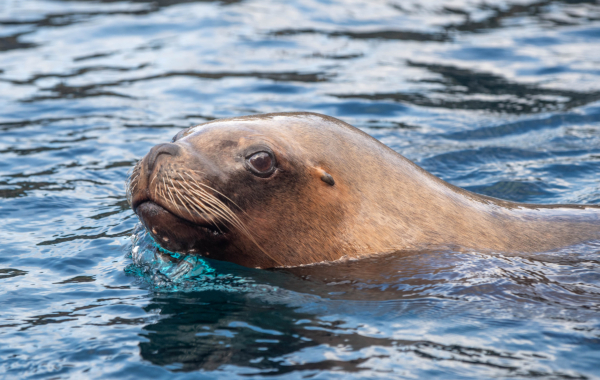
Philippine Spotted Deer
Rusa alfredi
From: Philippines
Status: Endangered
Quick Fact: Philippine spotted deer are easily recognised by their distinctive pattern of buff-coloured spots scattered across their dark brown back.
Find me in: Island Dwellers
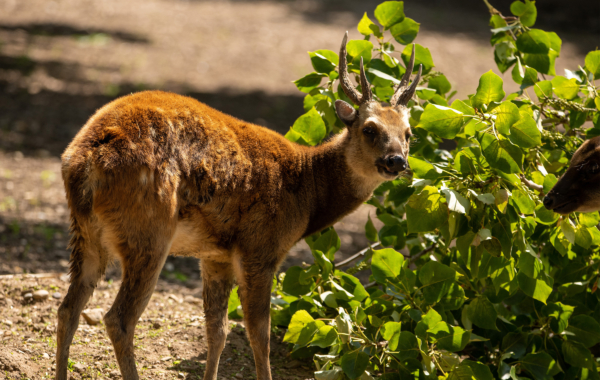
Pileated Gibbon
Hylobates pileatus
From: Cambodia, Laos and south-east Thailand
Status: Endangered
Quick Fact: These gibbons have very long arms with hook-like fingers for swinging through the forest. Thick skin pads are found on their bottoms for prolonged sitting when they are not on the move.
Find me in: River’s Edge
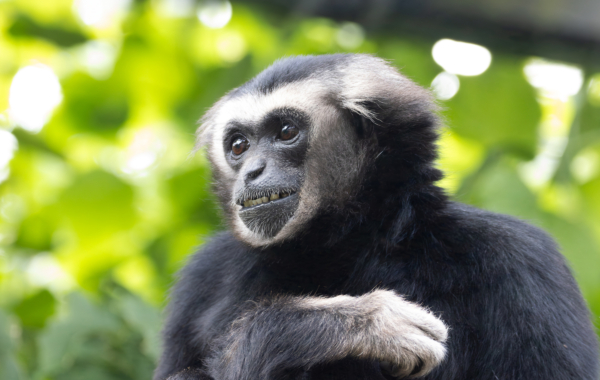
Pygmy Goat
Capra aegagrus hircus
From: West Africa
Status: Not Listed
Quick Fact: Pygmy goats are great climbers, browsing on leaves and young branches up in the trees.
Find me in: Colenso Village
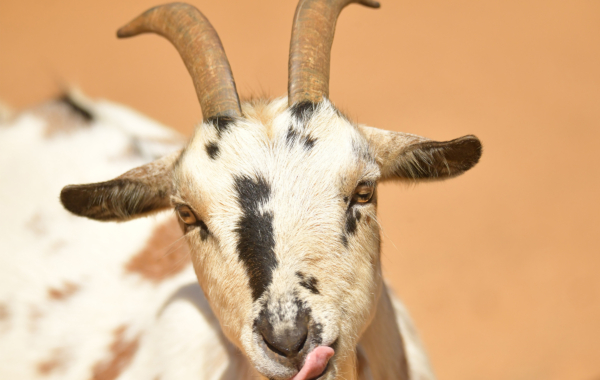
Pygmy Hippo
Choeropsis liberiensis
From: Africa
Status: Endangered
Quick Fact: The pygmy hippopotamus spends the day in water and emerges when they are hungry and will feed on fruits, leaves, roots and grasses.
Find me in: Kingdom of the Wild
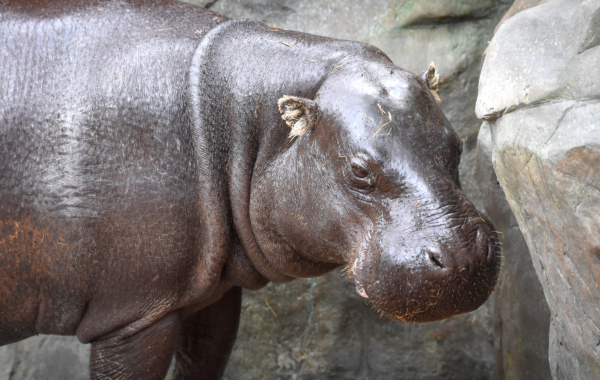
Radiated Tortoise
Astrochelys radiata
From: Madagascar
Status: Critically Endangered
Quick Fact: Males initiate courtship by head-bobbing and smelling the female’s hind legs. They then circle the female and butt her shell.
Find me in: Elephant Kingdom
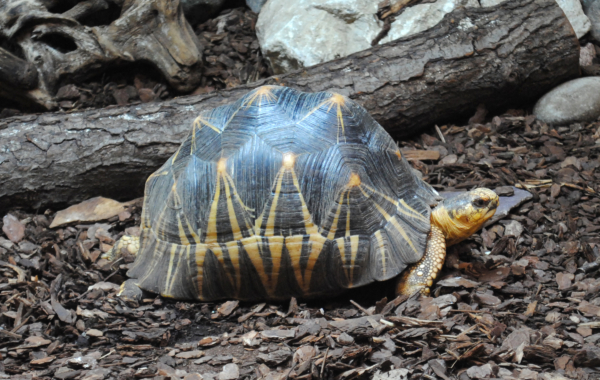
Rainbow Lorikeet
Trichoglossus moluccanus
From: Australia
Status: Least Concern
Quick Fact: The rainbow lorikeet was accidentally released into the southwest of Western Australia in the 1960s and has since been classified as a pest.
Find me in: Australian Rainbows
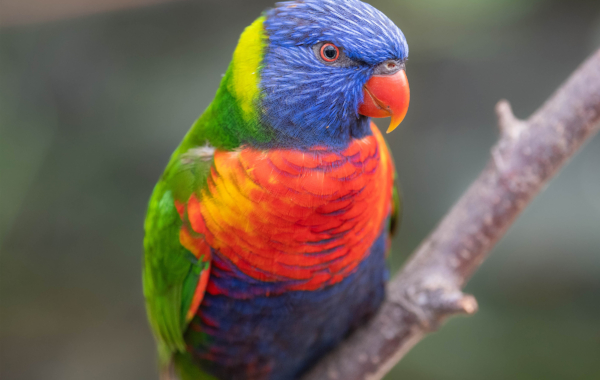
Red-Bellied Lemur
Eulemur rubriventer
From: Madagascar
Status: Vulnerable
Quick Fact: Red-bellied lemurs generally live in small family groups of 2 to 6 individuals, comprising of an adult pair and their offspring.
Find me in: Lost Madagascar
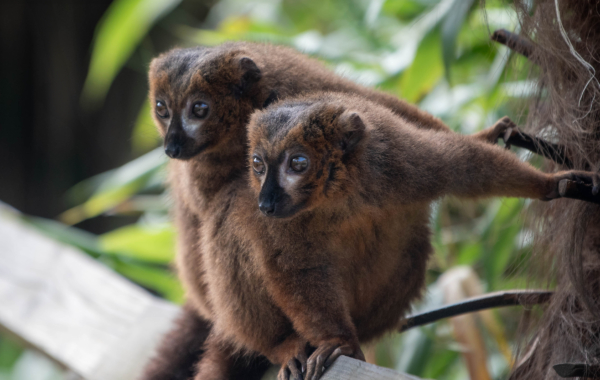
Red-bellied Piranha
Pygocentrus nattereri
From: South America
Status: Not Listed
Quick Fact: Piranhas have a reputation for being ferocious predators, however their frenzied attacks are rare.
Find me in: Heart of the Amazon
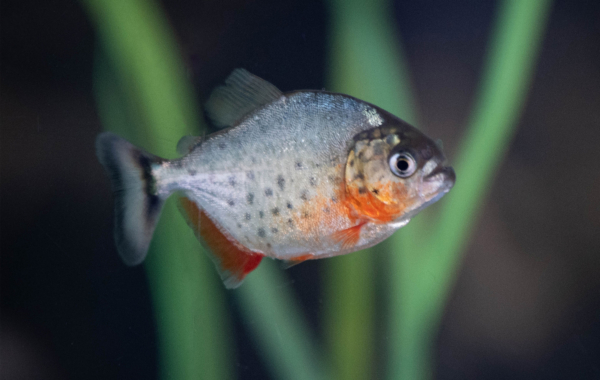
Red-necked Wallaby
Macropus rufogriseus
From: Australia
Status: Least Concern
Quick Fact: Wallabies are best known for hopping, however, they can also crawl and swim!
Find me in: Wallaby Walkabout
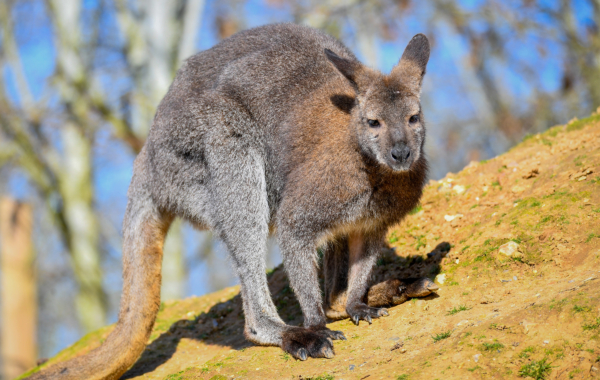
Red Panda
Ailurus fulgens
From: Bhutan, China, India Myanmar and Nepal
Status: Endangered
Quick Fact: Red pandas have flexible ankles which can rotate so they can climb down a tree head-first.
Find me in: River’s Edge
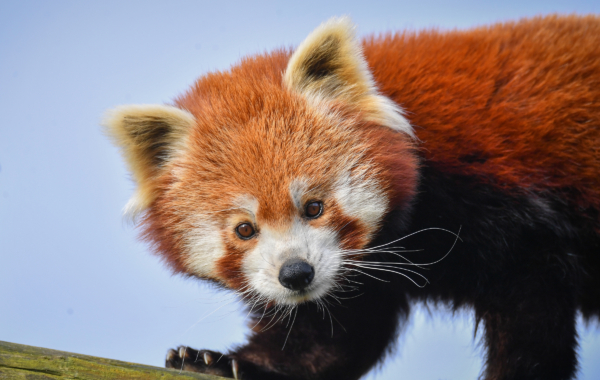
Red River Hog
Potamochoerus porcus
From: Africa
Status: Least Concern
Quick Fact: Red river hogs are the most strikingly coloured of all wild pigs, instantly recognisable for their bright rufous fur.
Find me in: Edge Of Africa
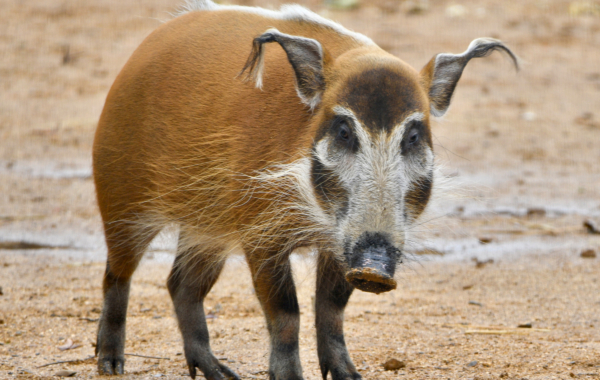
Reticulated Giraffe
Giraffa camelopardalis reticulata
From: Northeastern Kenya
Status: Least concern
Quick Fact: With their 45cm prehensile, black tongue, the giraffe can eat up to 134kg of leaves a day!
Find me in: Kingdom of the Wild
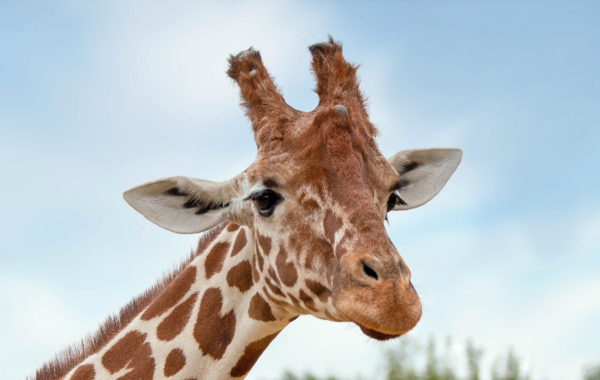
Rhinoceros Iguana
Cyclura cornuta
From: Haiti and Dominican Republic
Status: Endangered
Quick Fact: The rhinoceros iguana gets its name from the horns on the end of its nose. They have 3 horny bumps on the snout which are more pronounced in males.
Find me in: Worlds Apart
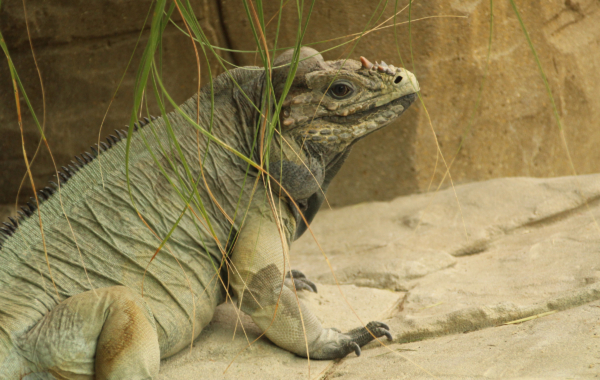
Ring-tailed Lemur
Lemur catta
From: Madagascar
Status: Endangered
Quick Fact: Ring-tailed lemurs are the only species of lemur to have a ringed tail. Young lemurs have blue eyes whilst adults have striking yellow eyes.
Find me in: Lost Madagascar
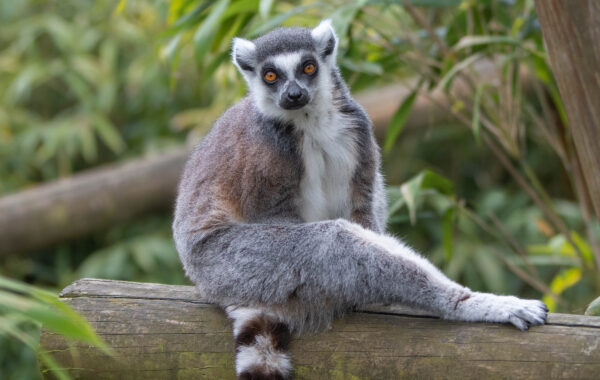
Rock Hyrax
Procavia capensis
From: Africa
Status: Least Concern
Quick Fact: The closest living relatives to the rock hyrax are elephants and manatees despite their appearance.
Find me in: Inca Trail
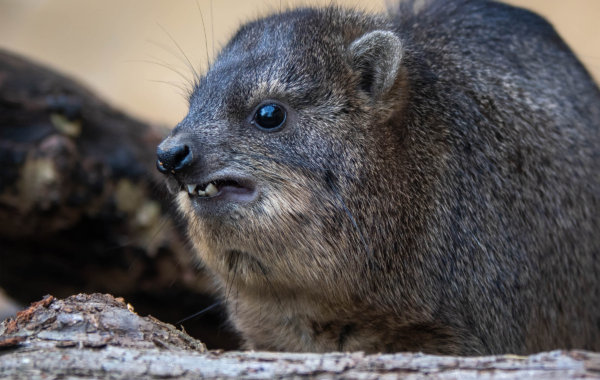
Royal Python
Python regius
From: Africa
Status: Near Threatened
Quick Fact: Royal pythons spend most of their time on the surface or underground in burrows, and are most active at dawn and dusk.
Find me in: Elephant Kingdom
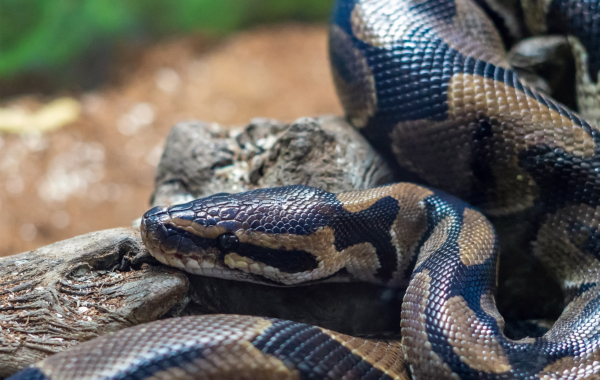
Rufous Hornbill
Buceros hydrocorax
From: Philippines
Status: Vulnerable
Quick Fact: The Rufous hornbill is one of the few birds with eyelashes. These modified feathers help to keep debris out of their eyes.
Find me in: Clock of the Mountain
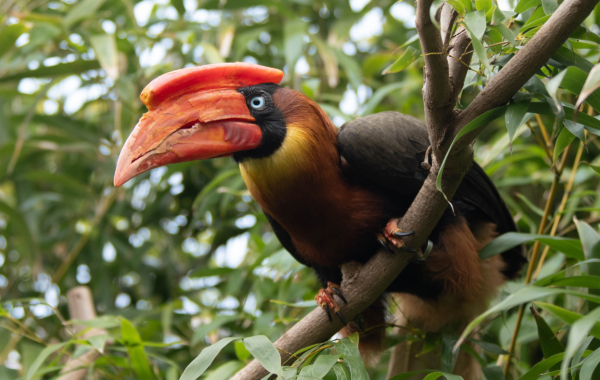
Rüppell’s Griffon Vulture
Gyps rueppellii
From: Sub-saharan Africa
Status: Critically Endangered
Quick Fact: Rüppell’s Griffon vultures can consume more than 3 pounds of meat in under five minutes.
Find me in: Vulture Valley
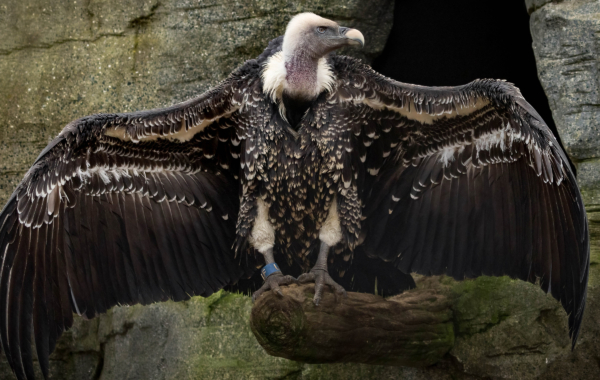
Silver Dollar
Metynnis argenteus
From: South America
Status: Least Concern
Quick Fact: Silver dollars are related to piranhas and are indeed often mistaken for their predatory cousins.
Find me in: Heart of the Amazon
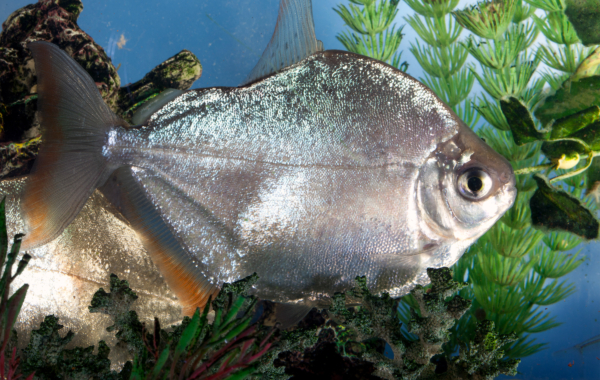
Slender-snouted Crocodile
Mecistops cataphractus
From: Africa
Status: Critically Endangered
Quick Fact: It is the only crocodilian species known to have the ability to climb as high as several metres into the limbs of fallen trees along streams.
Find me in: Chimpanzee Lookout
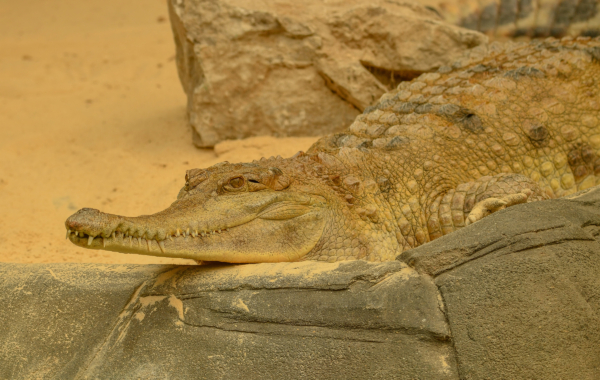
Smooth-coated Otters
Lutrogale perspicillata
From: Asia
Status: Vulnerable
Quick Fact: Smooth-coated otters love being in the water and use all four paws to ‘doggy paddle’.
Find me in: Otter Creek
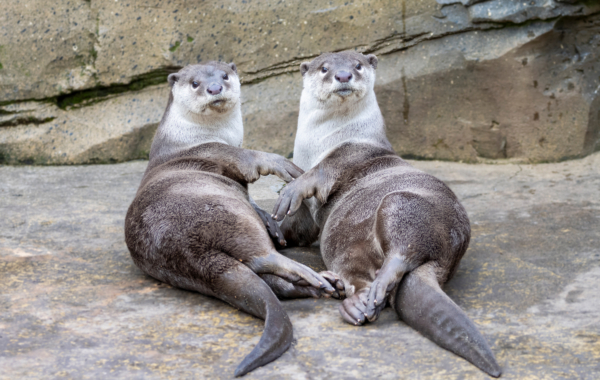
Snowflake Moray Eel
Echidna nebulosa
From: Pacific Ocean
Status: Least Concern
Quick Fact: Female Moray eels can release 10,000 eggs at a time near the surface of the water. Once fertilised, they hatch into larvae and drift among plankton.
Find me in: Kingdom of the Wild
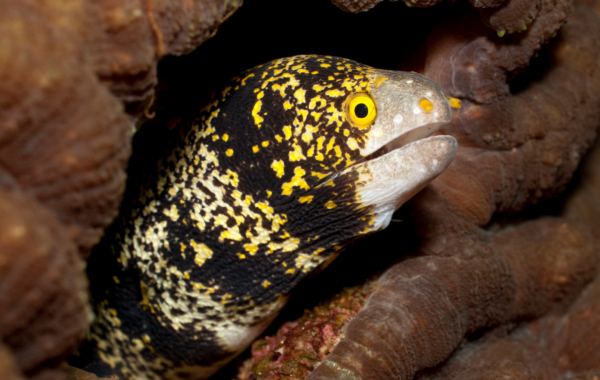
Soloman Islands Skink
Corucia zebrata
From: Soloman Islands
Status: Not Listed
Quick Fact: Soloman Islands skinks are the largest known species of skink and can reach 81cm from nose to tail.
Find me in: Worlds Apart
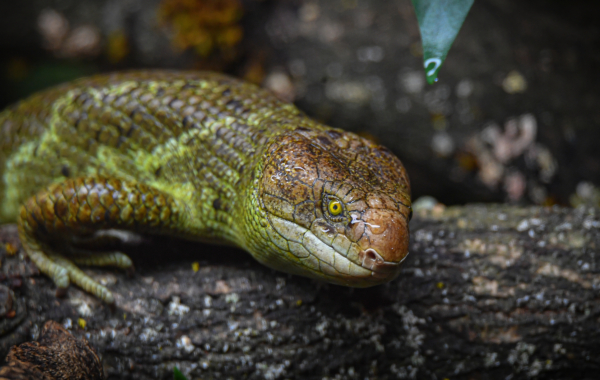
Somali Fat-tailed Sheep
Ovis aries aries somali
From: Somalia & Asia
Status: Not Listed
Quick Fact: The Somali fat-tailed sheep was originally bred for the fat reserves in its tail, which were used in Medieval cooking.
Find me in: Colenso Village
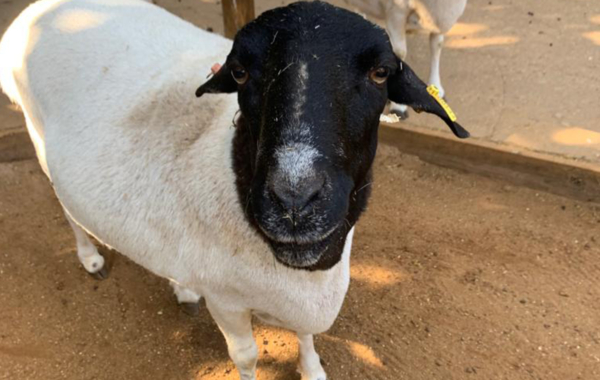
Southern Tamandua
Tamandua tetradactyla
From: South America
Status: Least Concern
Quick Fact: Tamanduas are known as ‘stinkers of the forest’ by local people due to the fact they leave scent trails to mark their territory.
Find me in: Worlds Apart
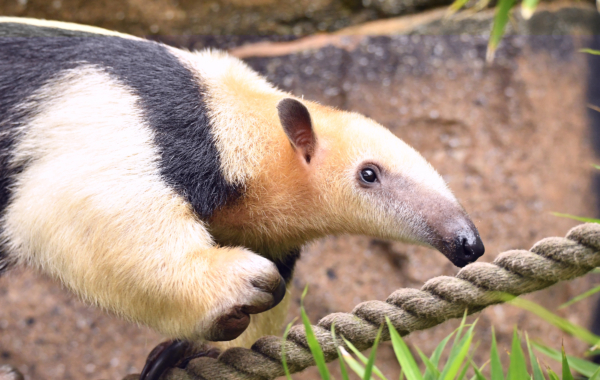
Southern White Rhinoceros
Ceratotherium simum simum
From: Africa
Status: Near Threatened
Quick Fact: The southern white rhinoceros is the largest of the five species of white rhino and one of the world’s biggest land animals.
Find me in: Kingdom of the Wild
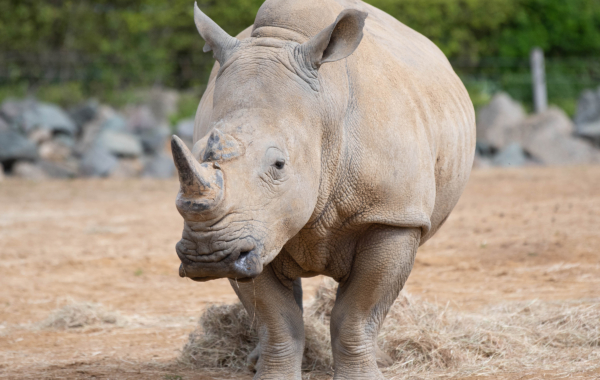
Spiny Turtle
Heosmys spinosa
From: South-east Asia
Status: Endangered
Quick Fact: The spiny turtle, also known as the ‘cog-wheel turtle’, has a sharp, pointed, spiky-edged carapace, and spiny keel on its shell.
Find me in: Chimpanzee Lookout
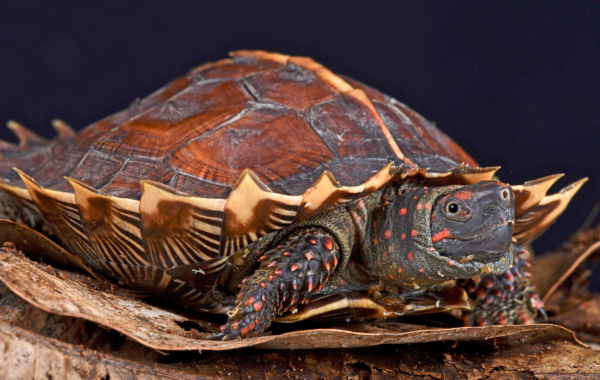
Spotted Hyena
Crocuta crocuta
From: Africa
Status: Least Concern
Quick Fact: Although often associated with dogs, hyenas are actually found in the ‘cat-like’ carnivore group, known as Feliformia.
Find me in: Edge Of Africa
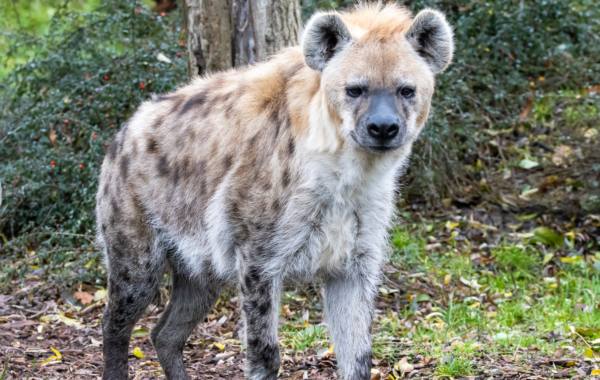
Squirrel Monkey
Saimiri sciureus
From: South America
Status: Least Concern
Quick Fact: Squirrel monkeys spend most of their time foraging for fruit as well as insects and other small prey.
Find me in: Heart of the Amazon
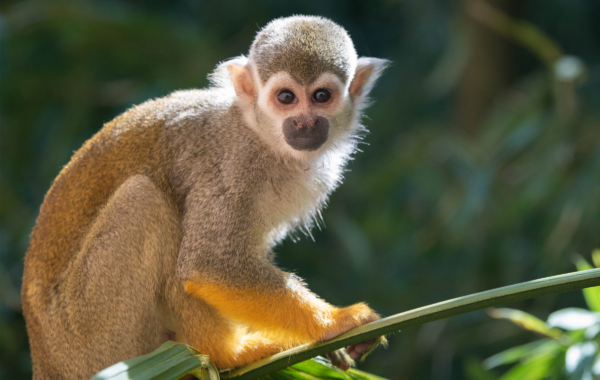
Trinidad Poison Frog
Mannophryne trinitatis
From: South America
Status: Least Concern
Quick Fact: Found only on the island of Trinidad, the females of this species have a yellow strip on their throat whilst males have brown throats.
Find me in: Worlds Apart
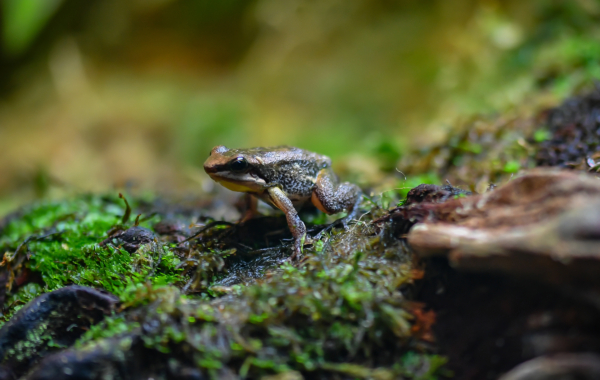
Victoria Crowned Pigeon
Goura victoria
From: Papua New Guinea and Indonesia
Status: Near Threatened
Quick Fact: Victoria crowned pigeons are the largest pigeons in the world.
Find me in: Feathers of the Forest
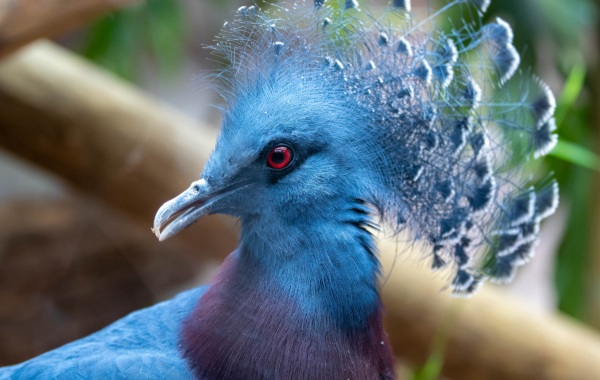
Warthog
Phacochoerus africanus
From: Africa
Status: Least Concern
Quick Fact: The warthog gets its name from the warts on its face which help to protect the eyes from an opponent’s tusks when fighting.
Find me in: Edge Of Africa
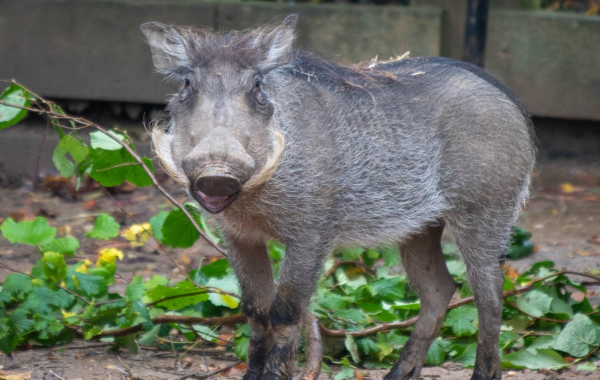
West African Mud Turtle
Pelusios castaneus
From: Africa
Status: Least Concern
Quick Fact: Despite its poorly webbed limbs, this turtle is a relatively good swimmer, often seen at the bottom of the water, digging for something to eat.
Find me in: Kingdom of the Wild
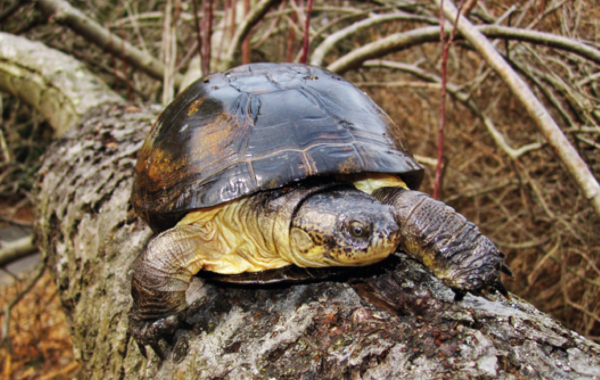
White-lipped Tamarin
Saguinus labiatus
From: Peru, Bolivia and Brazil
Status: Least Concern
Quick Fact: Also known as the ‘red-chested moustached tamarin’ this species lives in small social and familial groups of 2 to 10 individuals.
Find me in: Worlds Apart
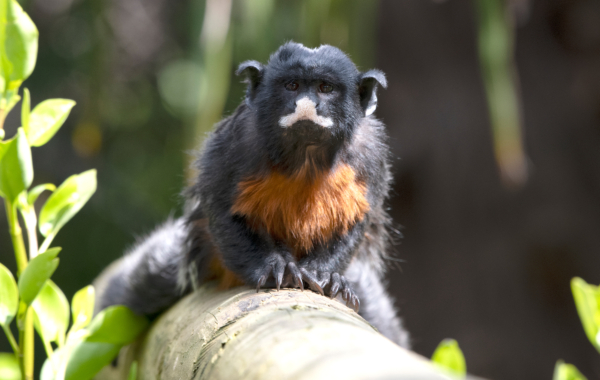
White Spotted Puffer
Myripristis violacea
From: Indo-Pacific Ocean
Status: Least Concern
Quick Fact: Pufferfish can inflate their abdomens with water to deter predators. They produce deadly toxins in their reproductive glands, skin and liver.
Find me in: Kingdom of the Wild
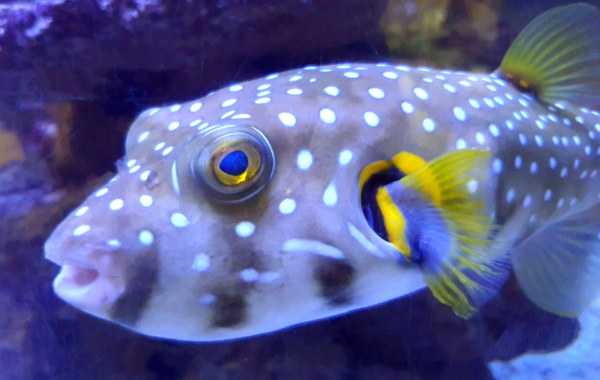
Wreathed Hornbill
Rhyticeros undulates
From: Asia
Status: Vulnerable
Quick Fact: The male of this species has a yellow pouch under its beak and is larger than the female. A female’s pouch is blue, and they have a short beak.
Find me in: River’s Edge
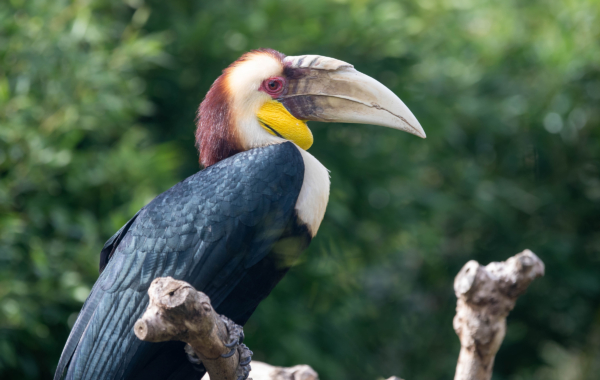
Yellow-banded Poison Dart Frog
Dendrobates leucomelas
From: South America
Status: Least Concern
Quick Fact: These are the largest out of all the dart frog species and can grow up to 4cm.
Find me in: Worlds Apart
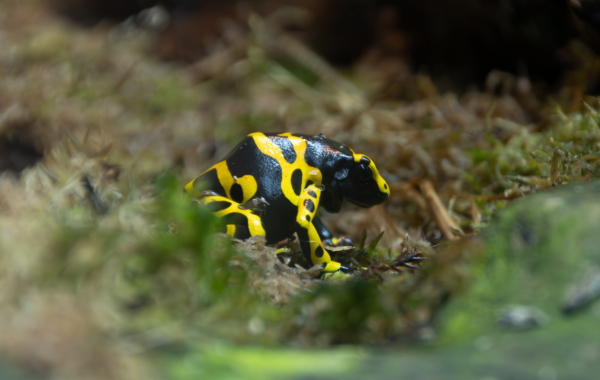
Yellow-footed Tortoise
Chelonoidis denticulata
From: South America
Status: Vulnerable
Quick Fact: Yellow-footed tortoises are hunted for food in their native countries.
Find me in: Iguana Forest
